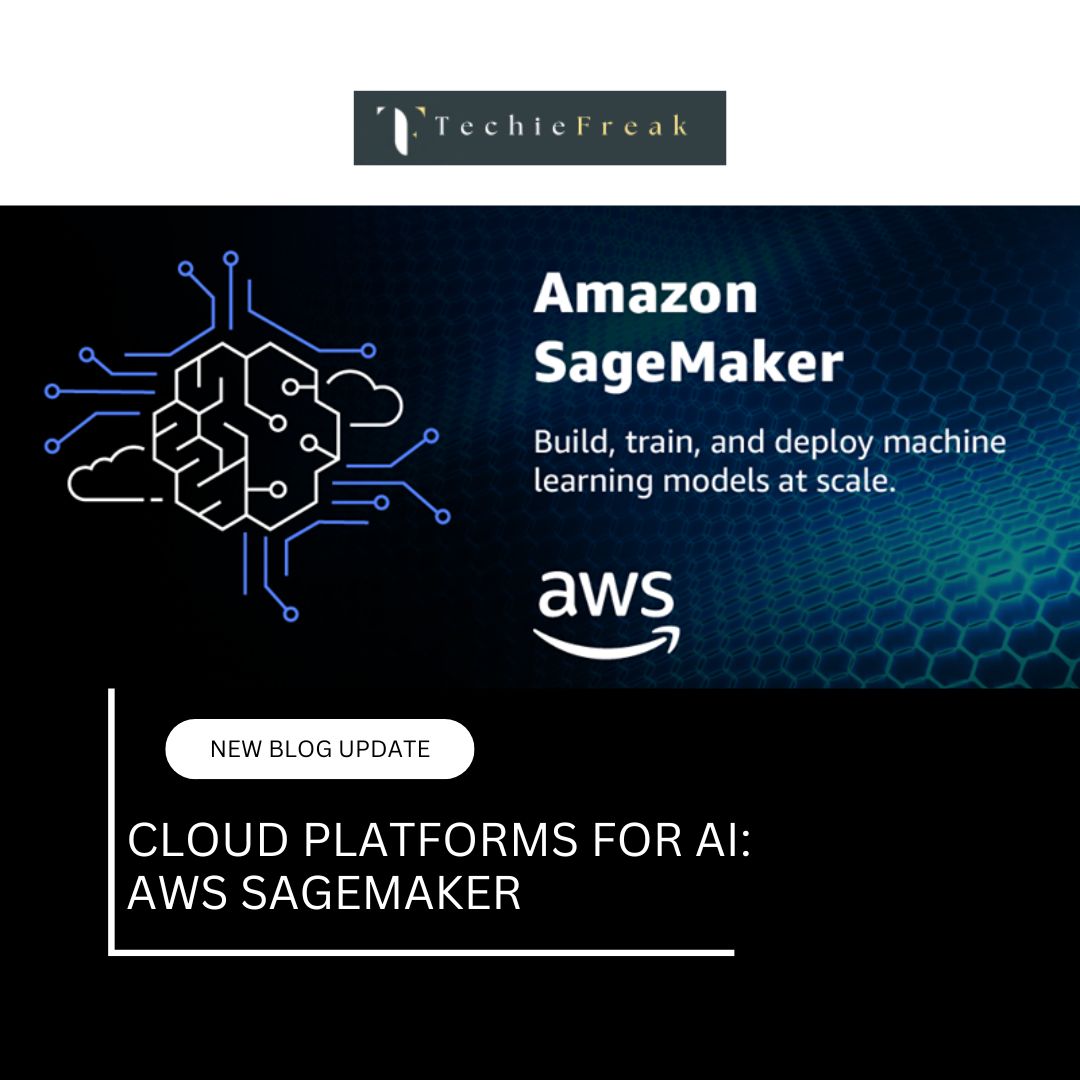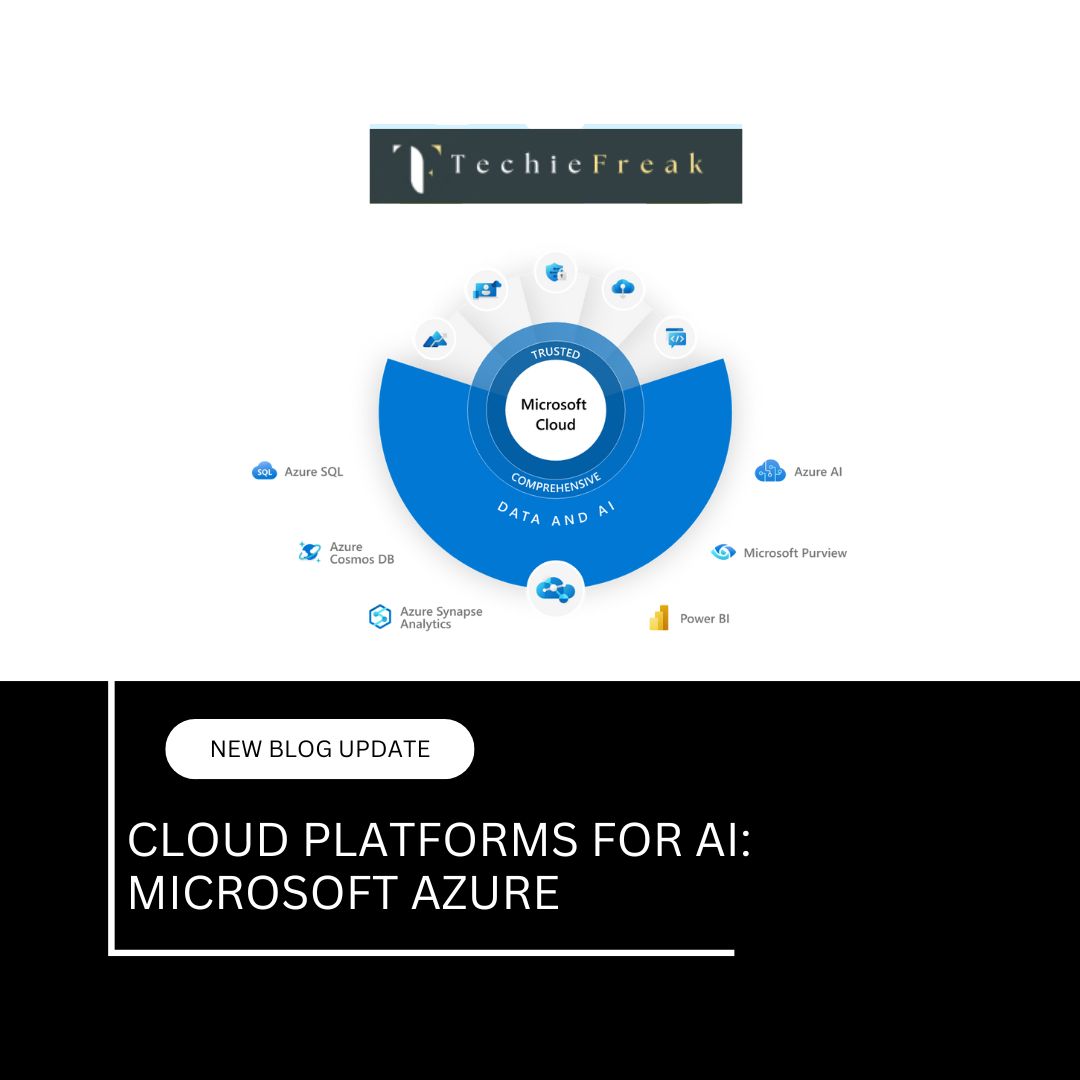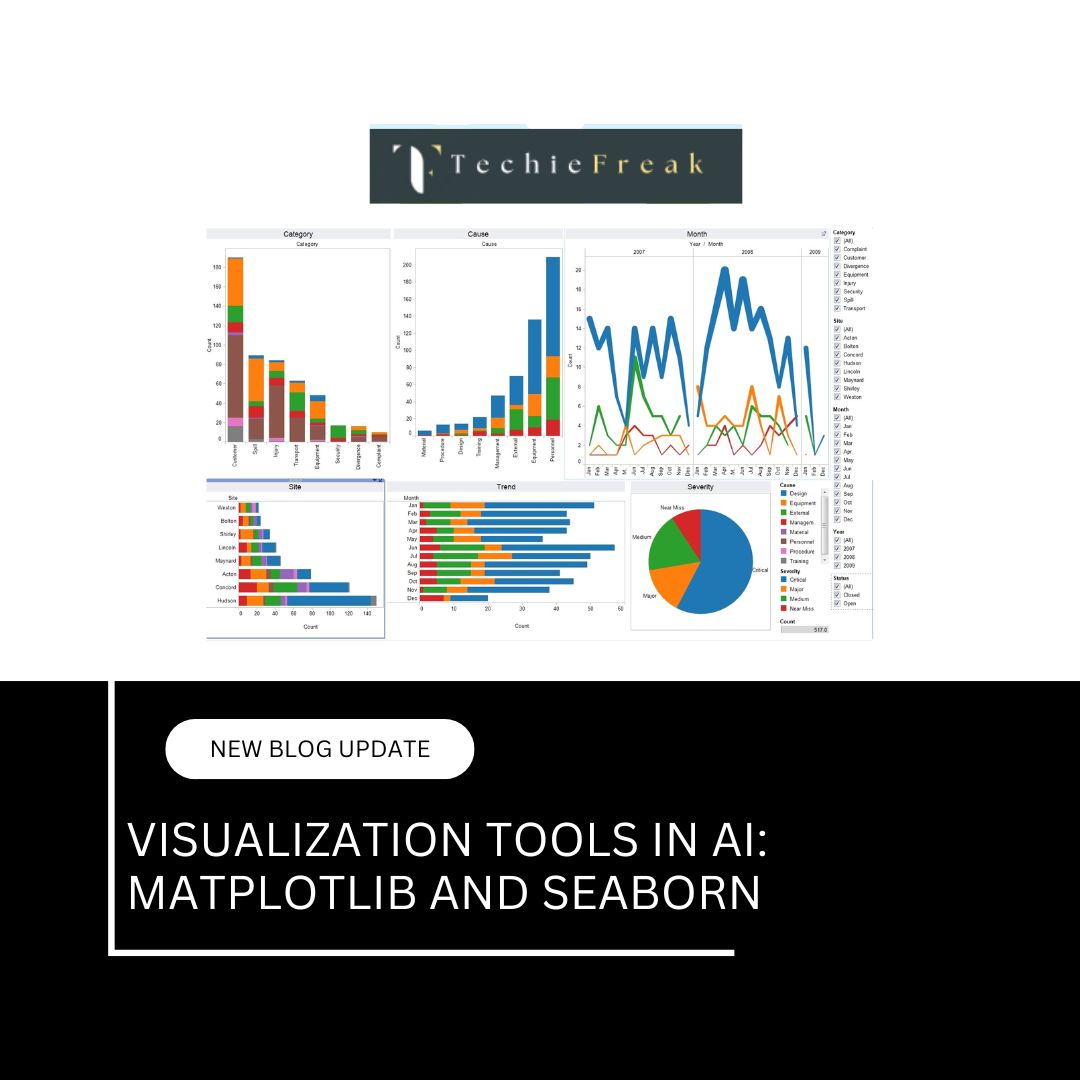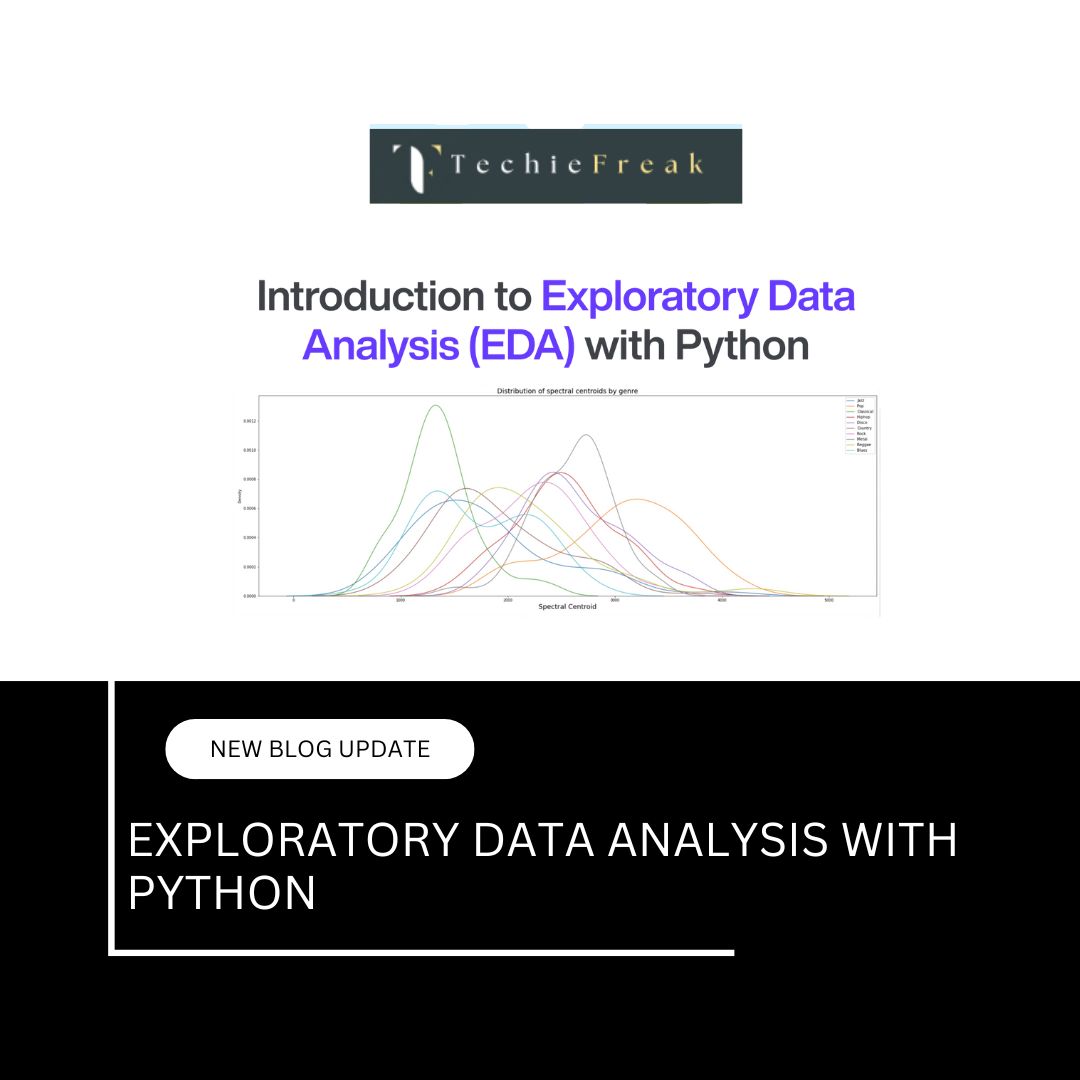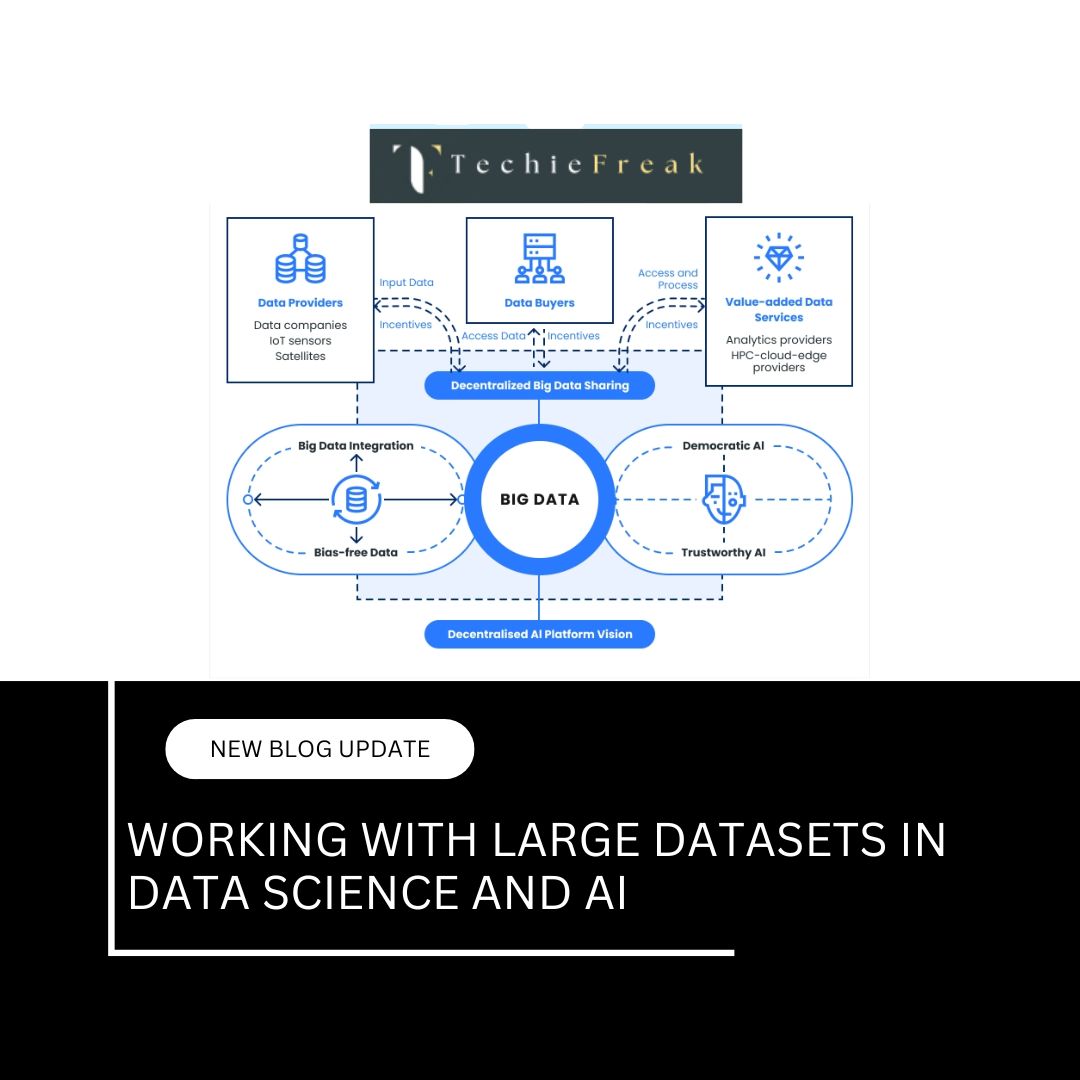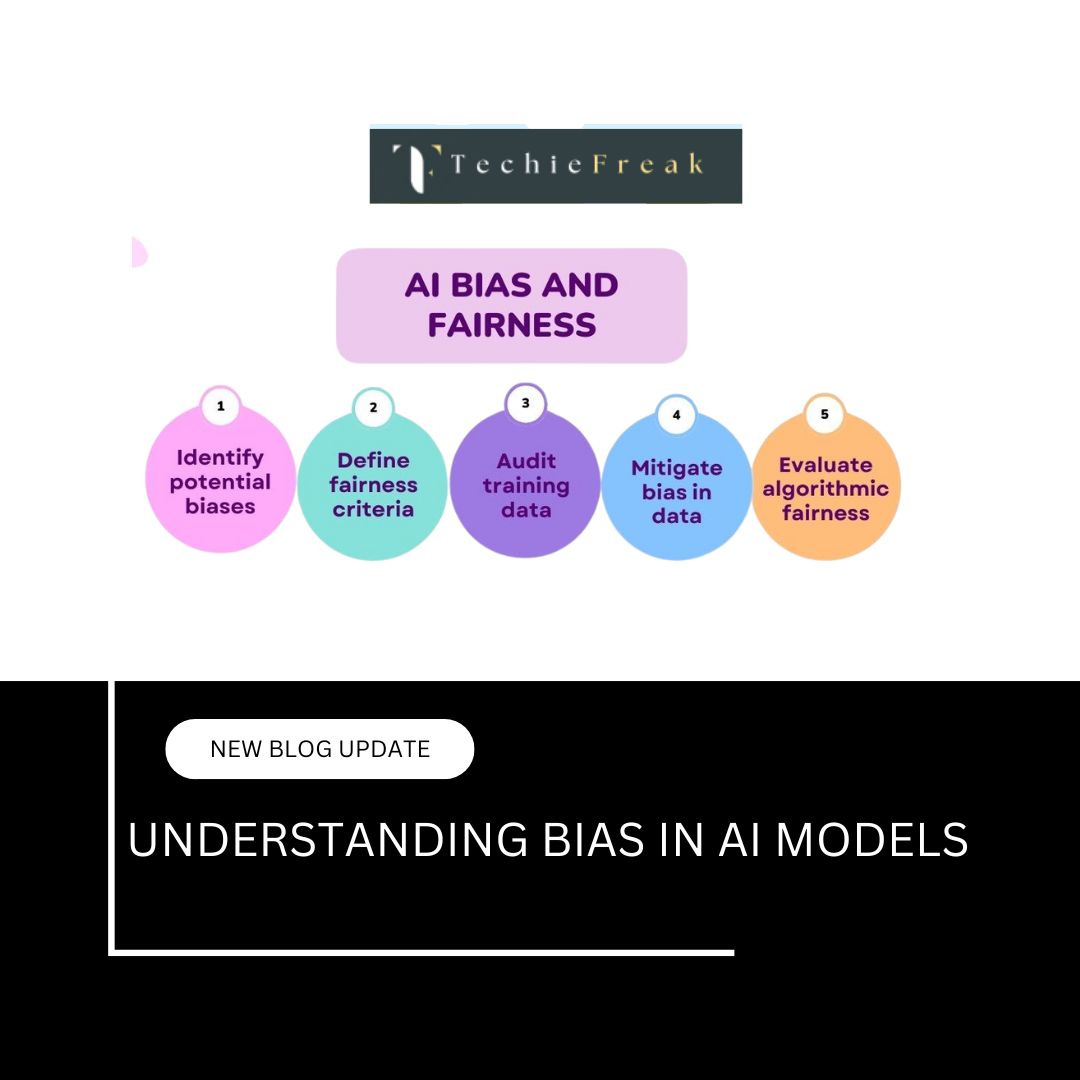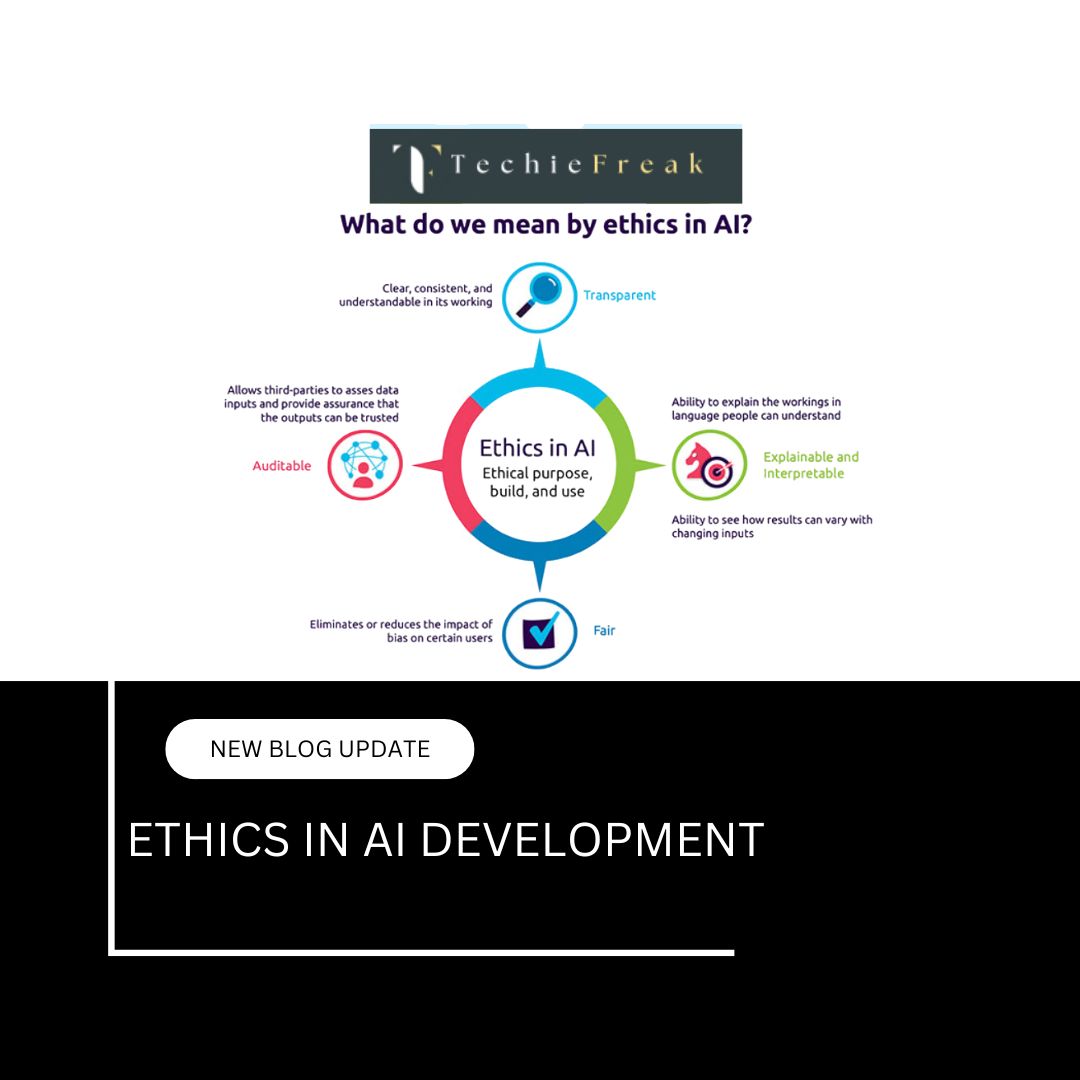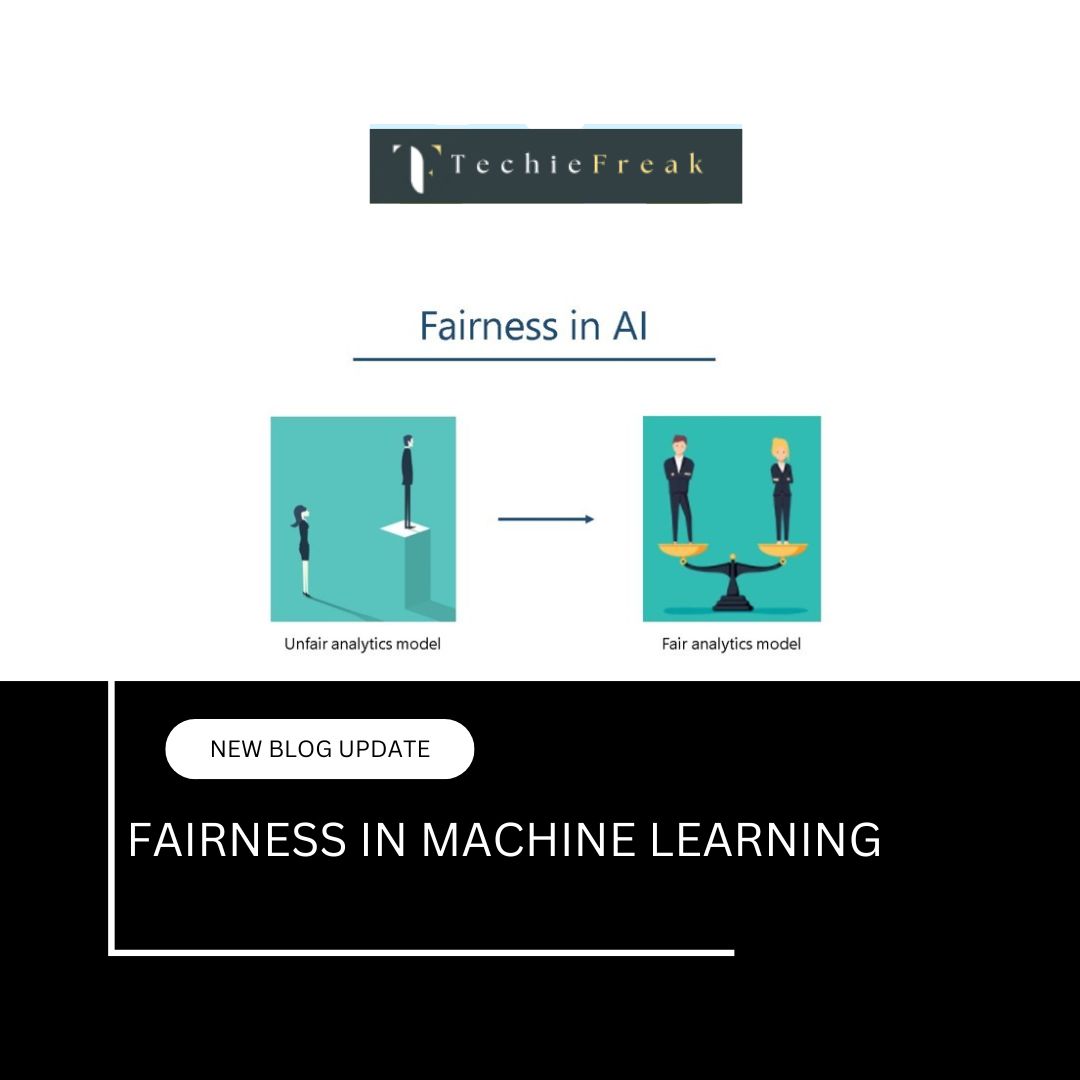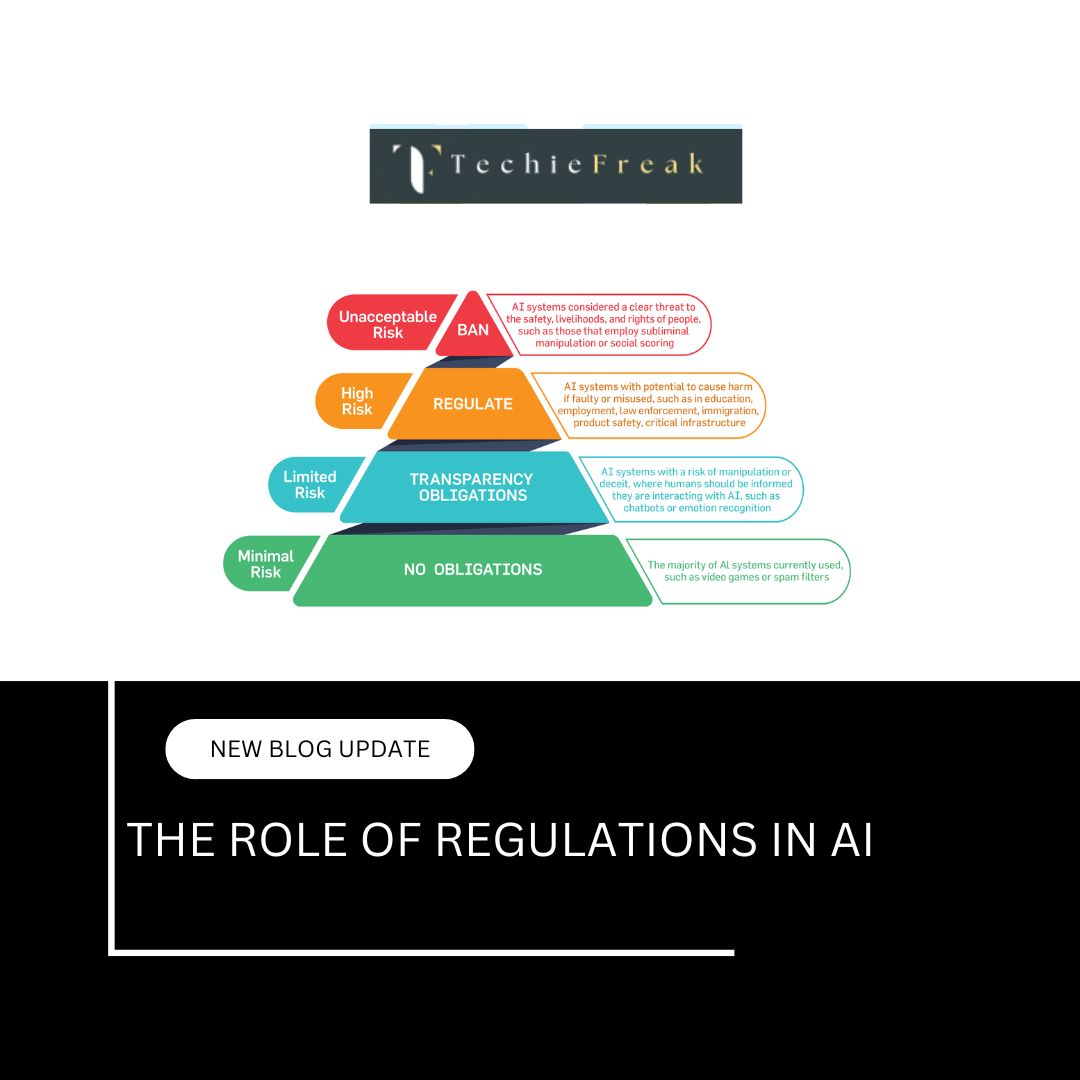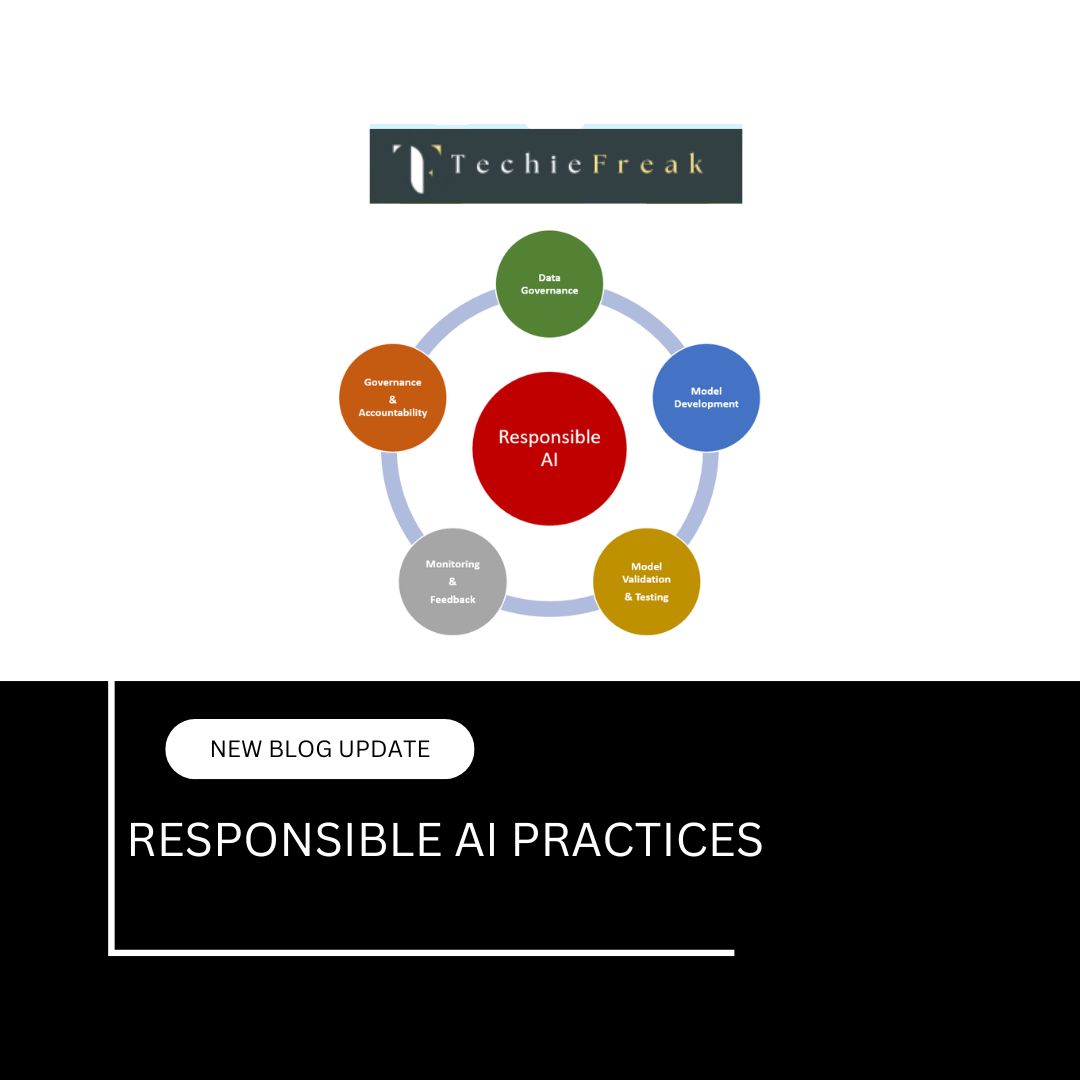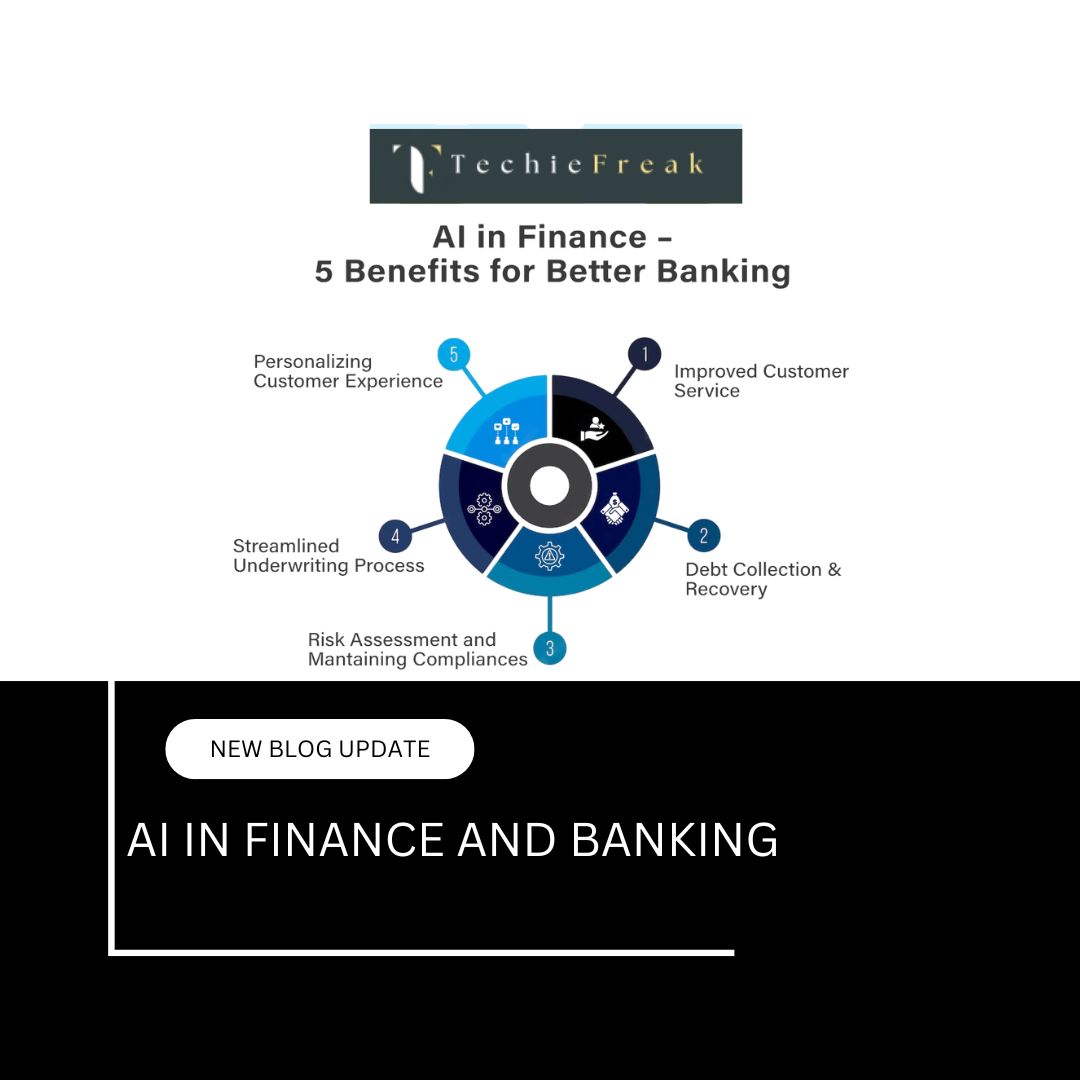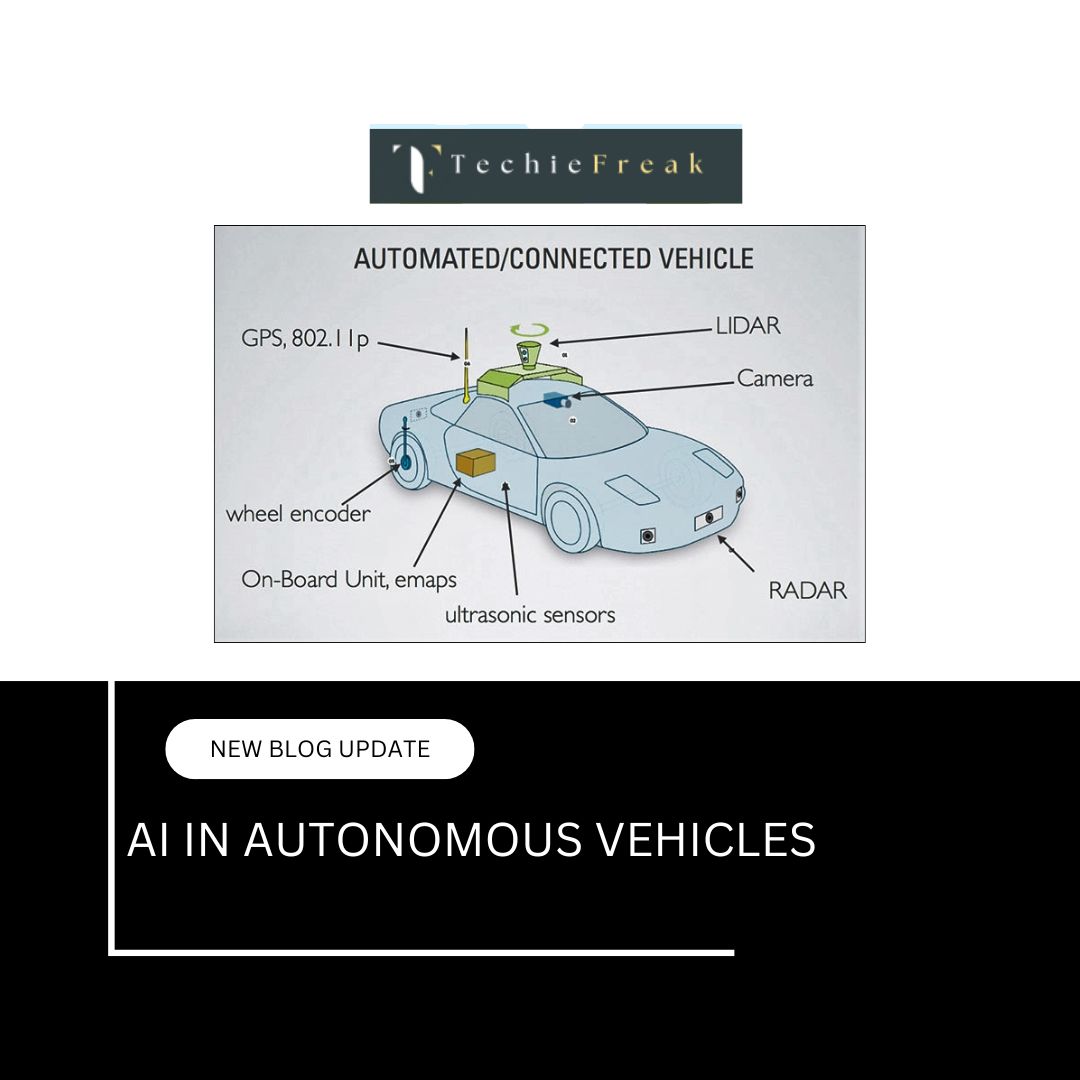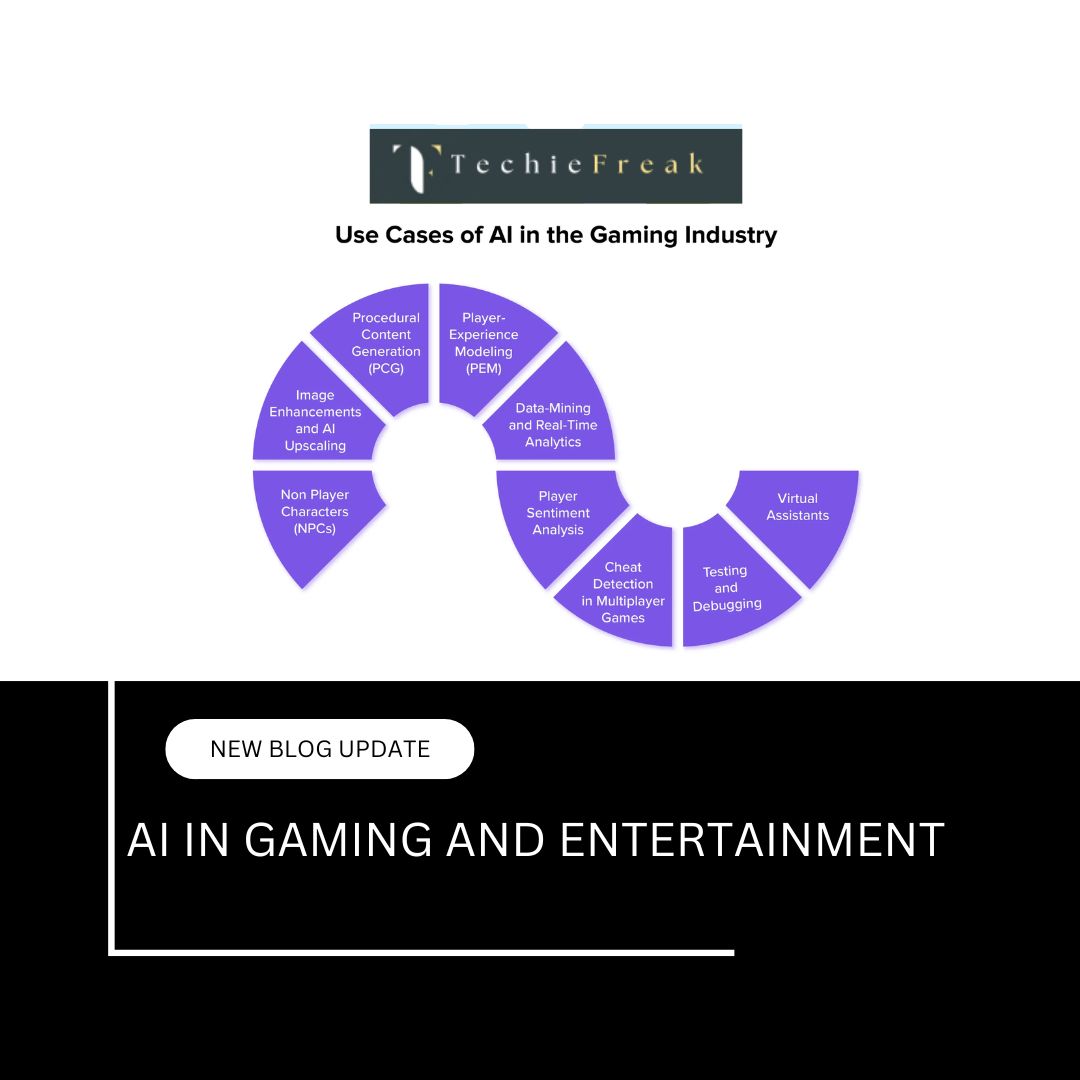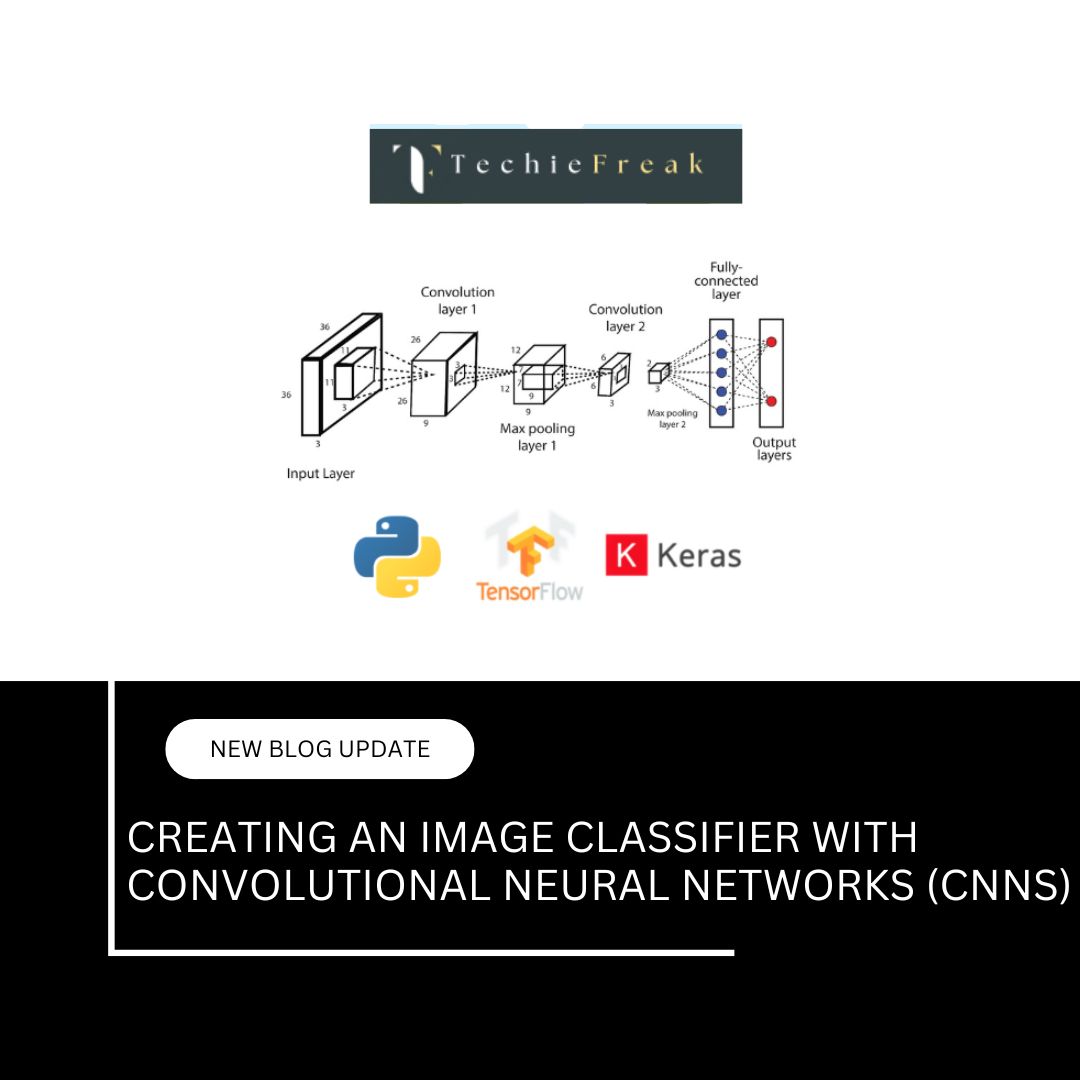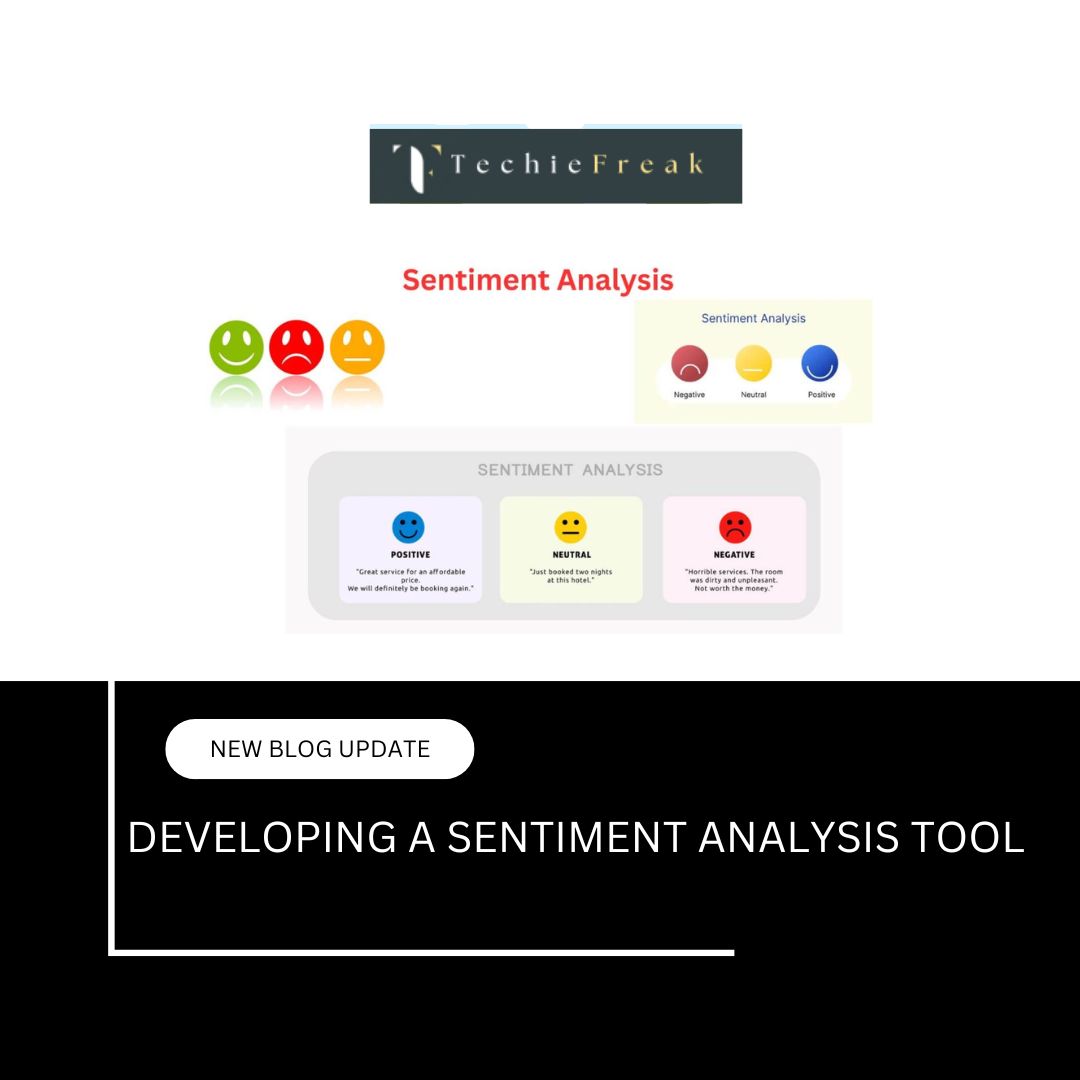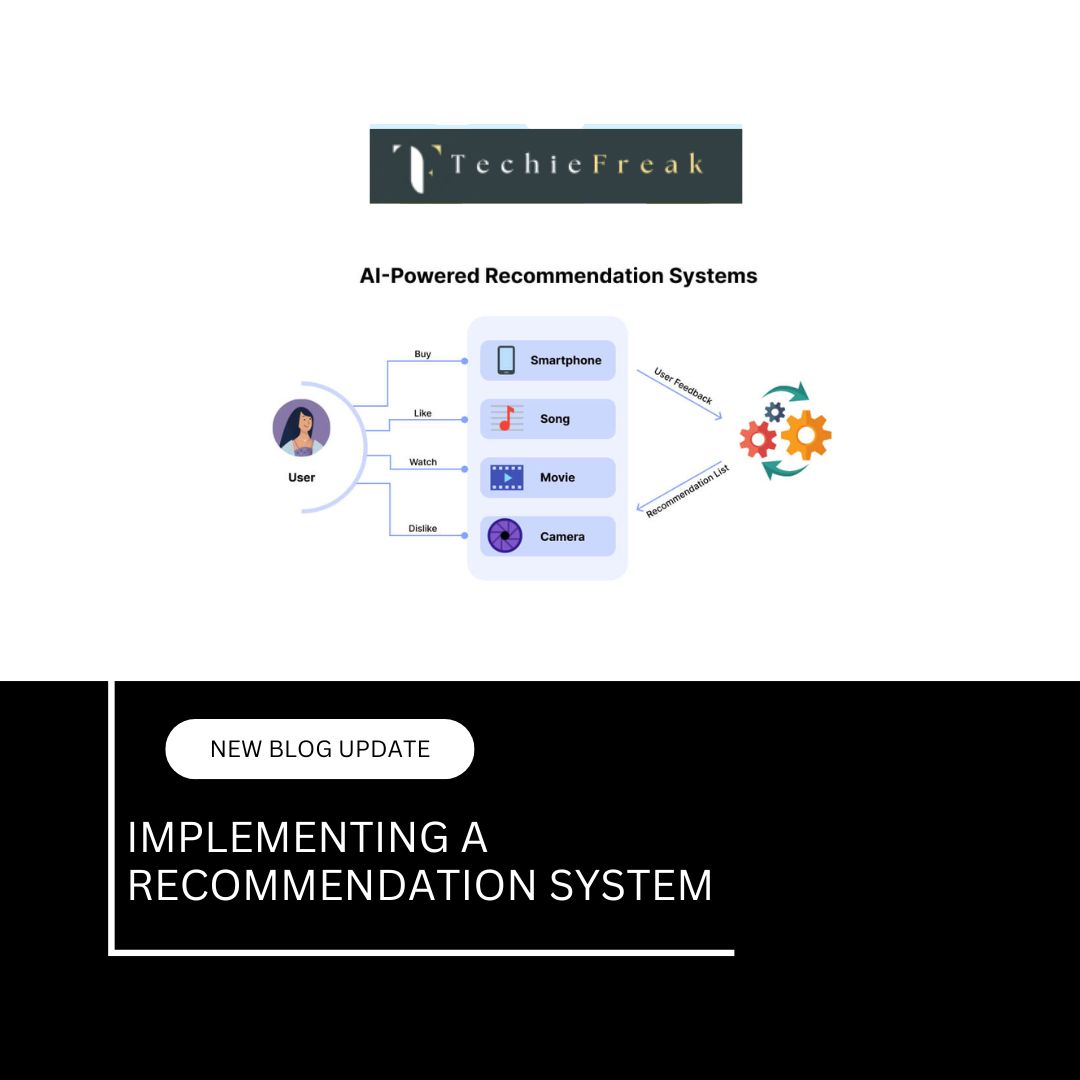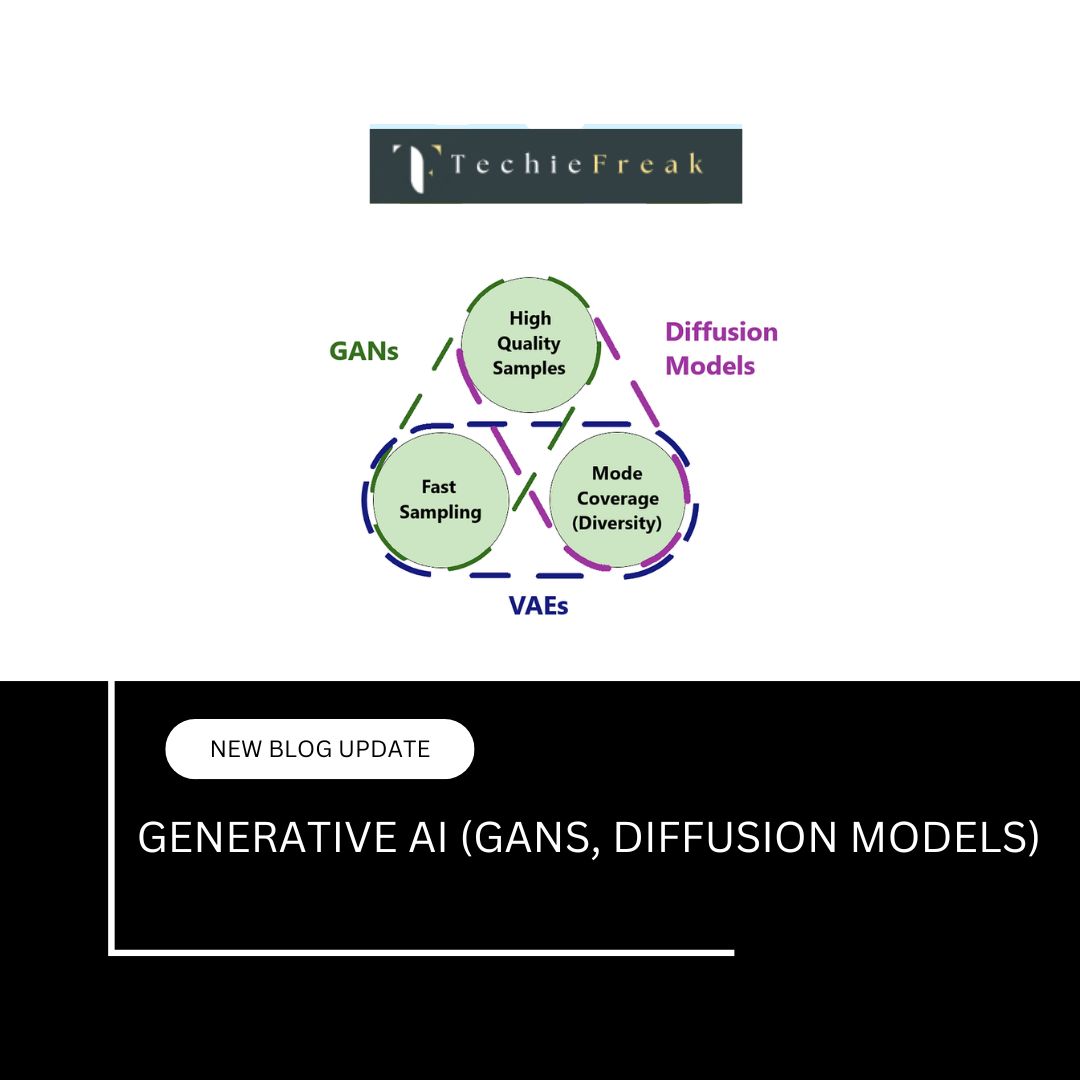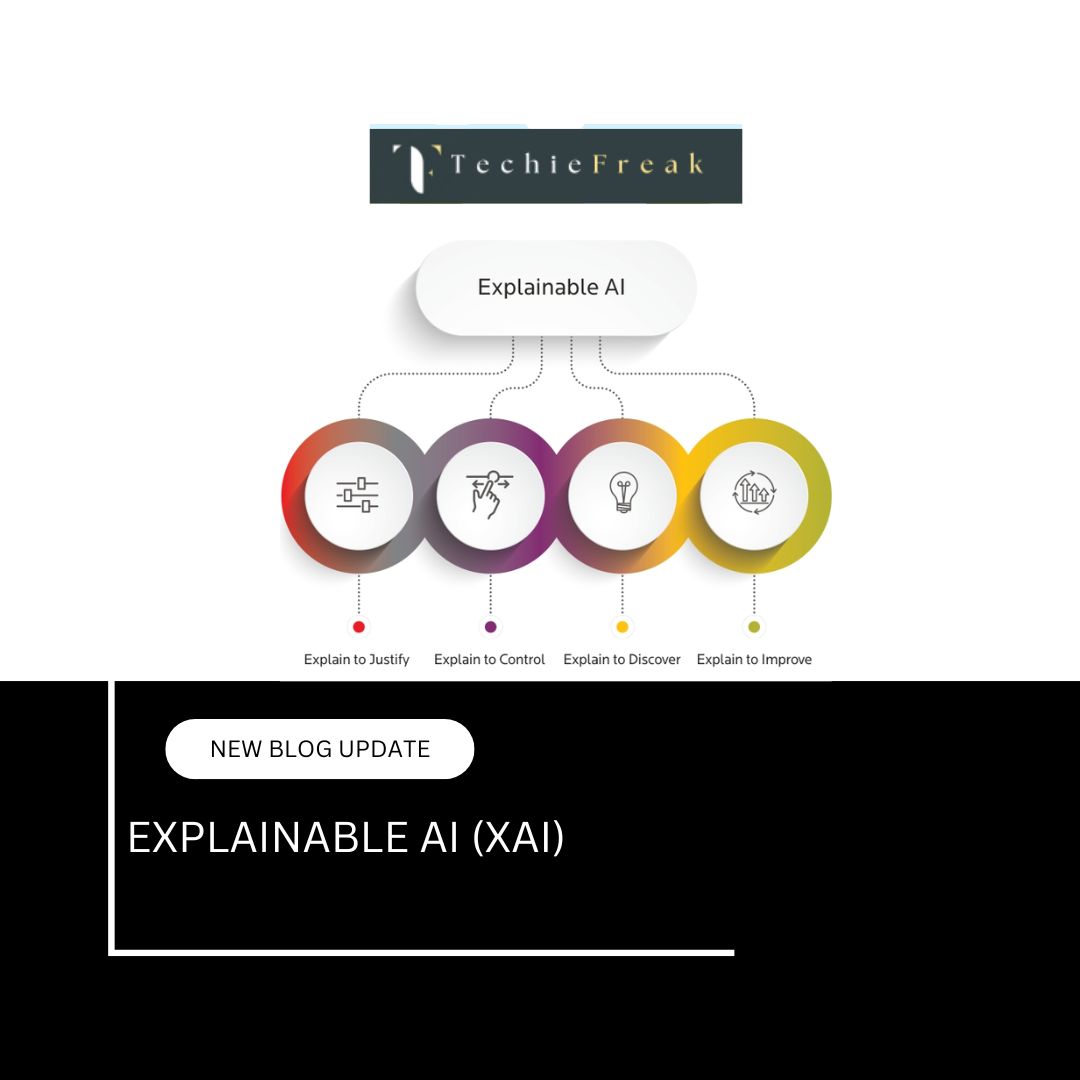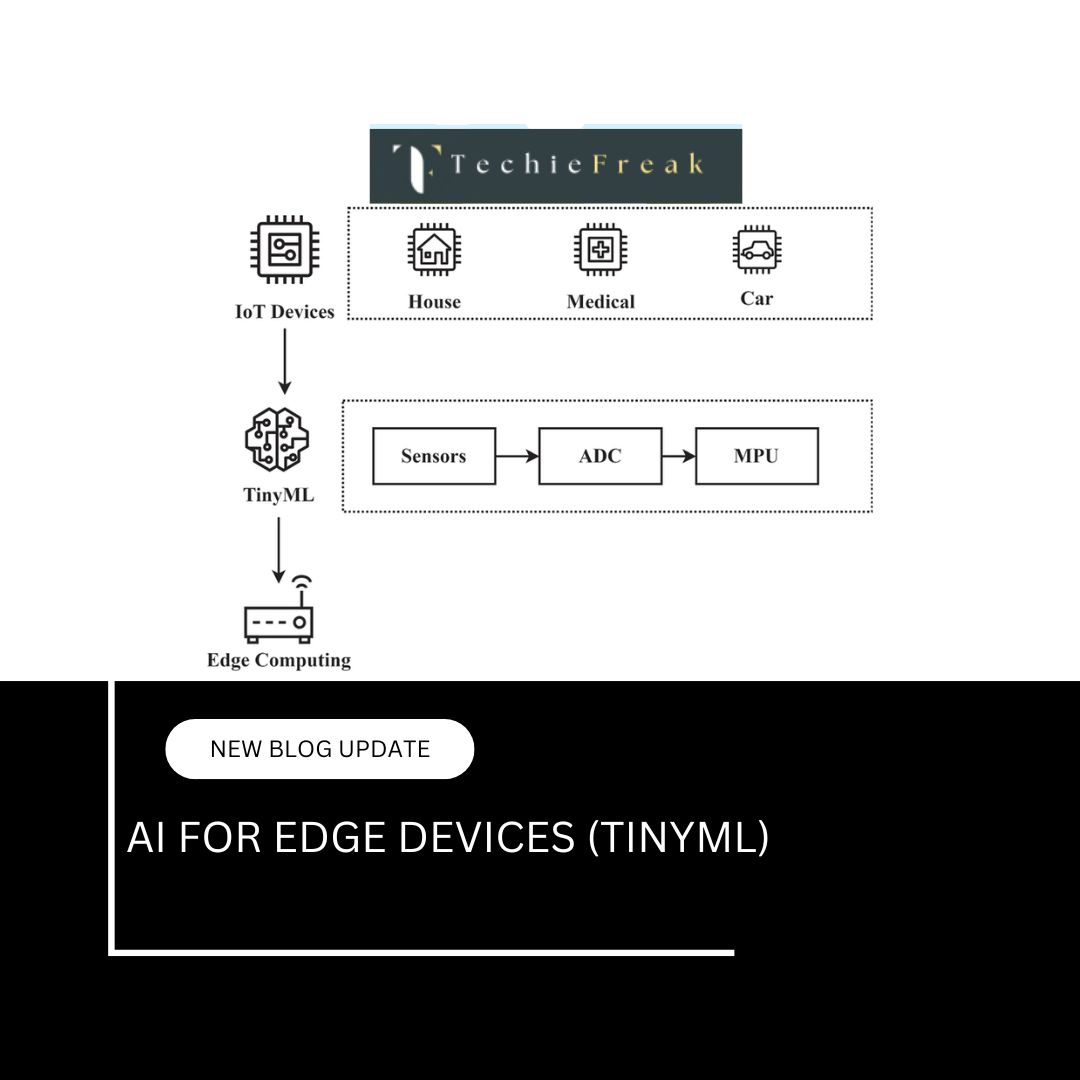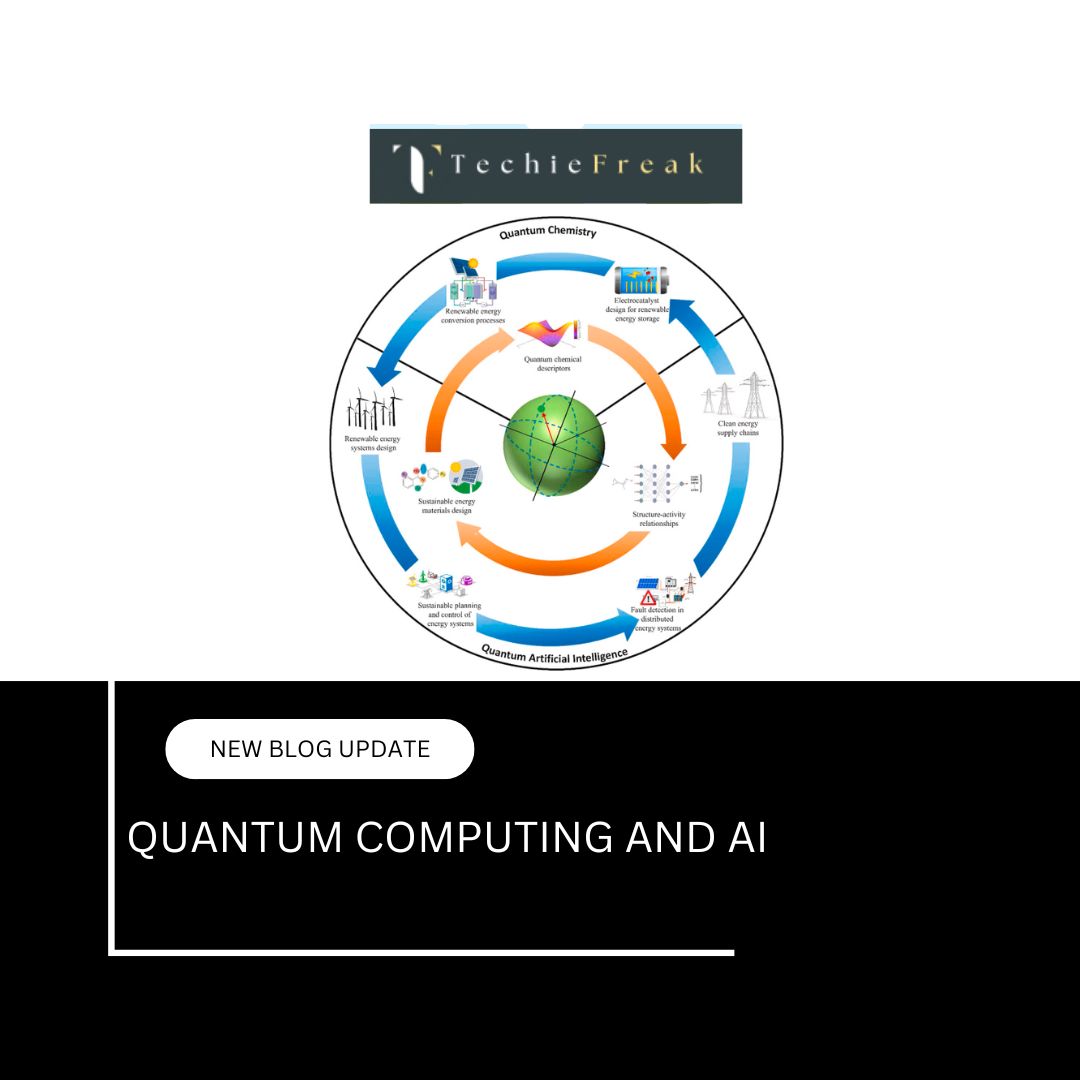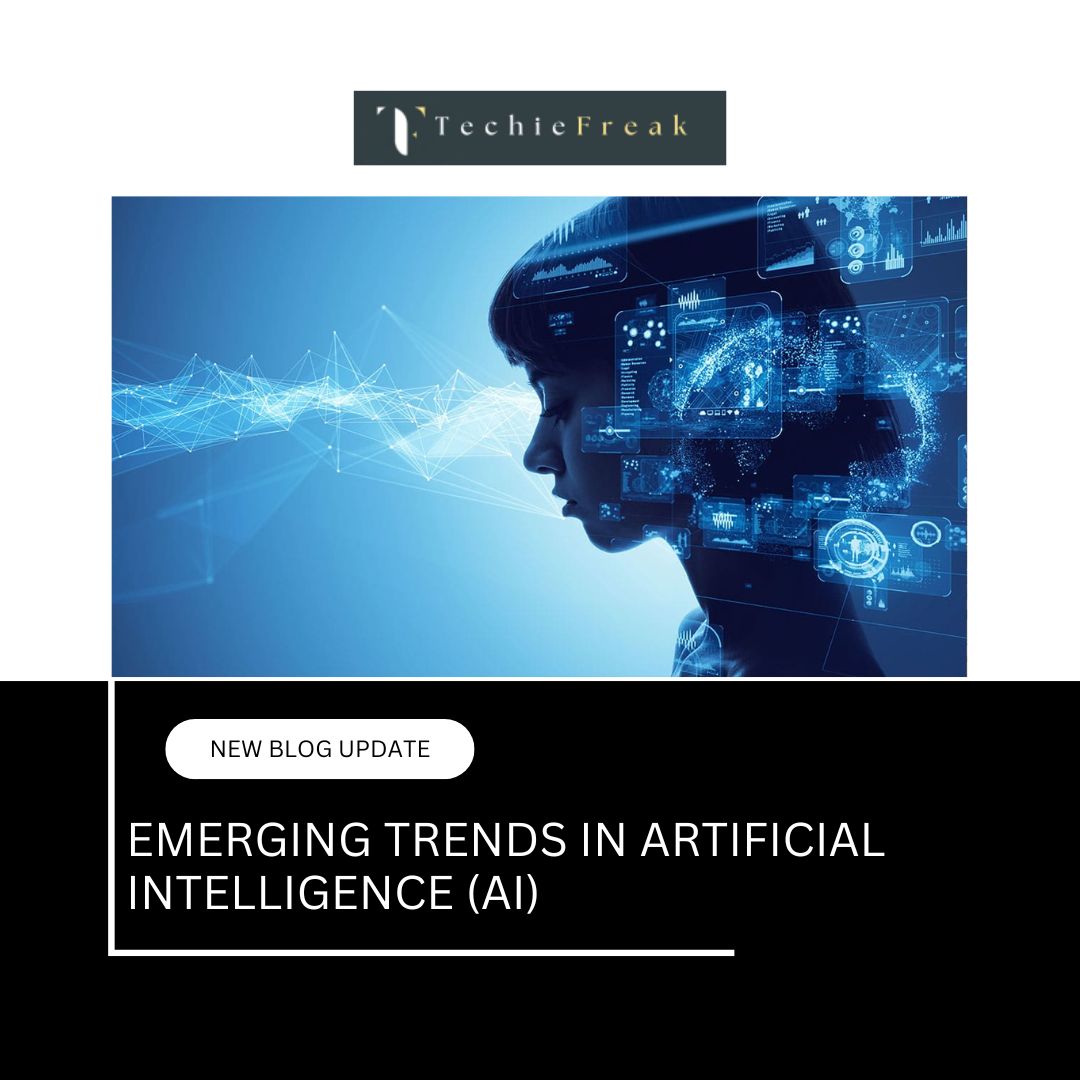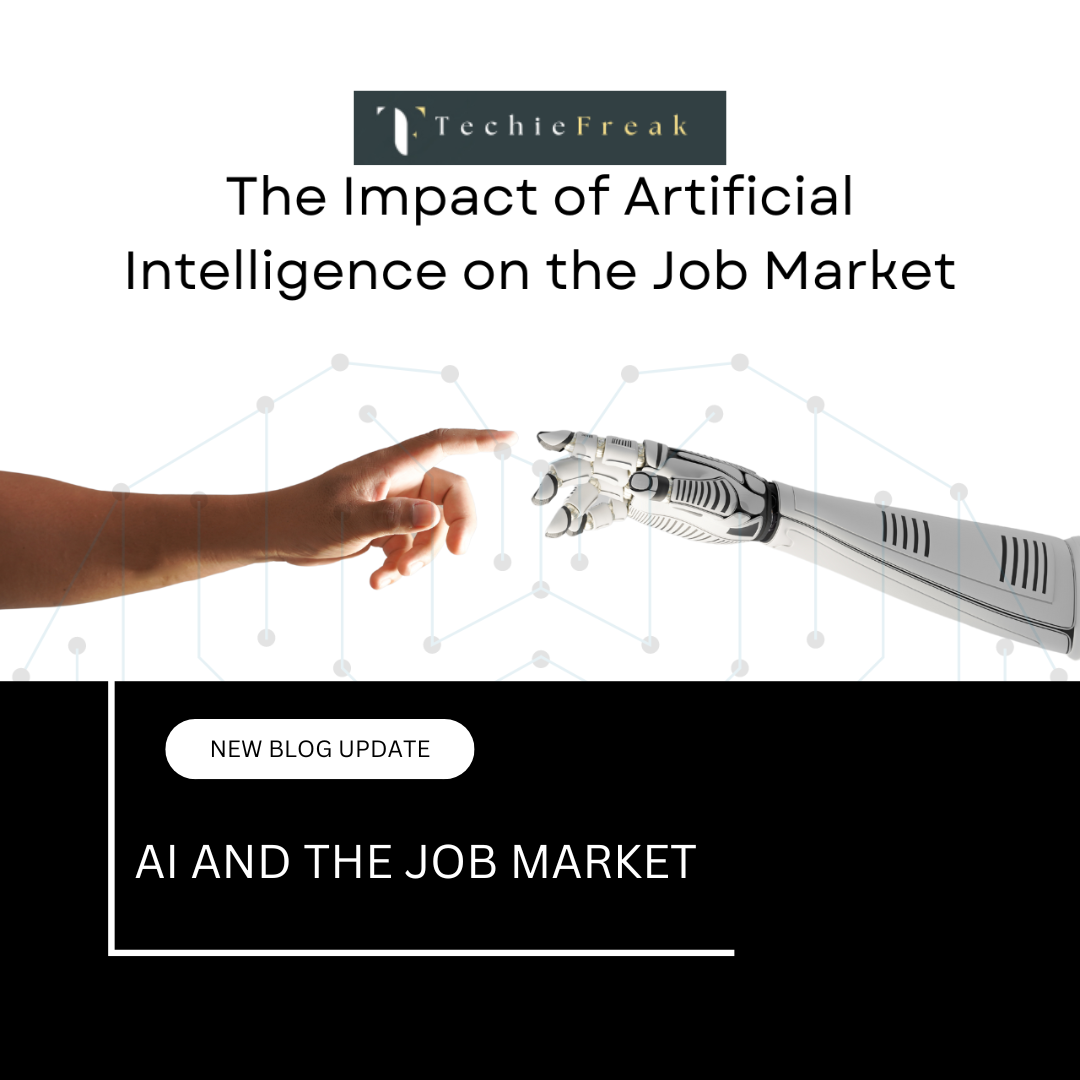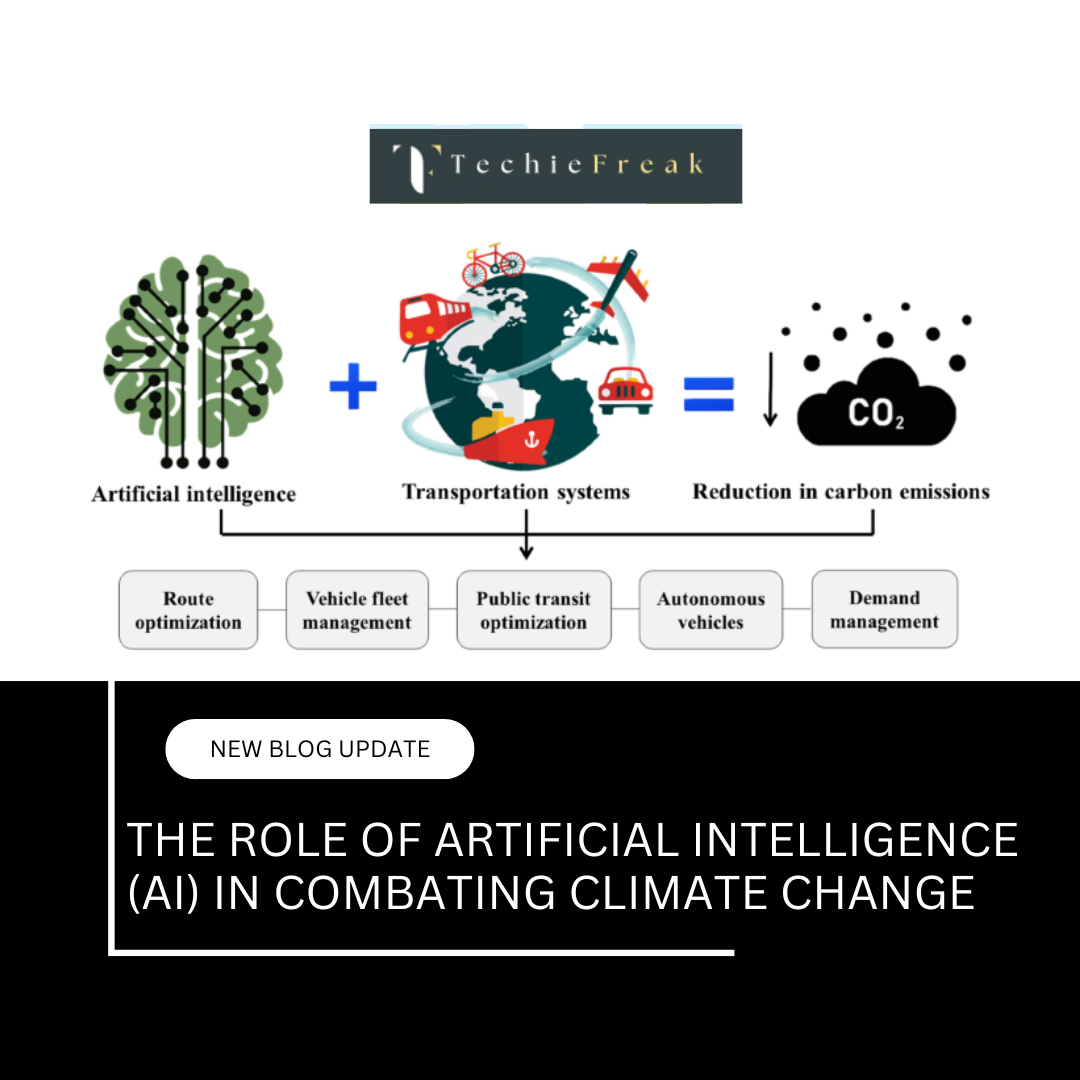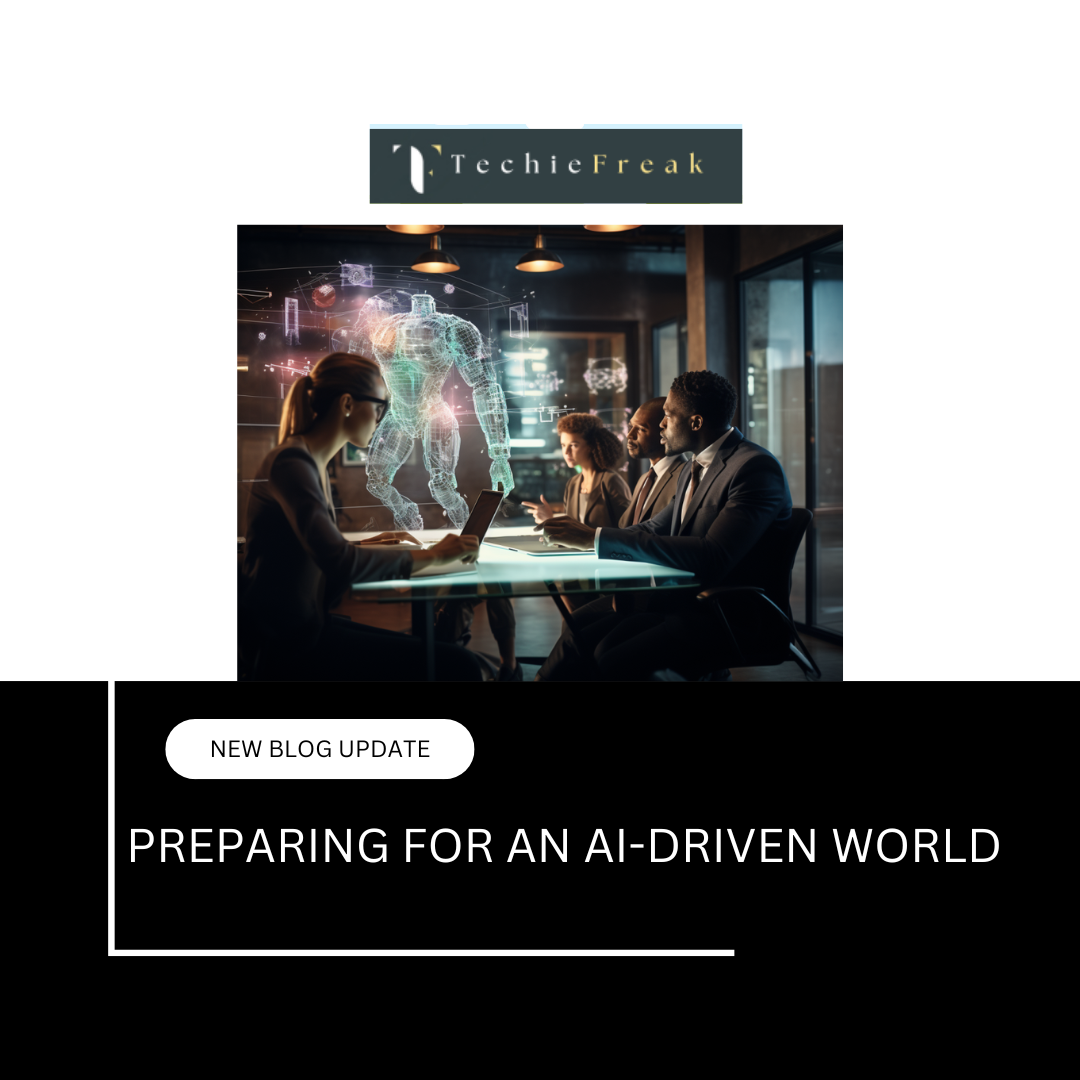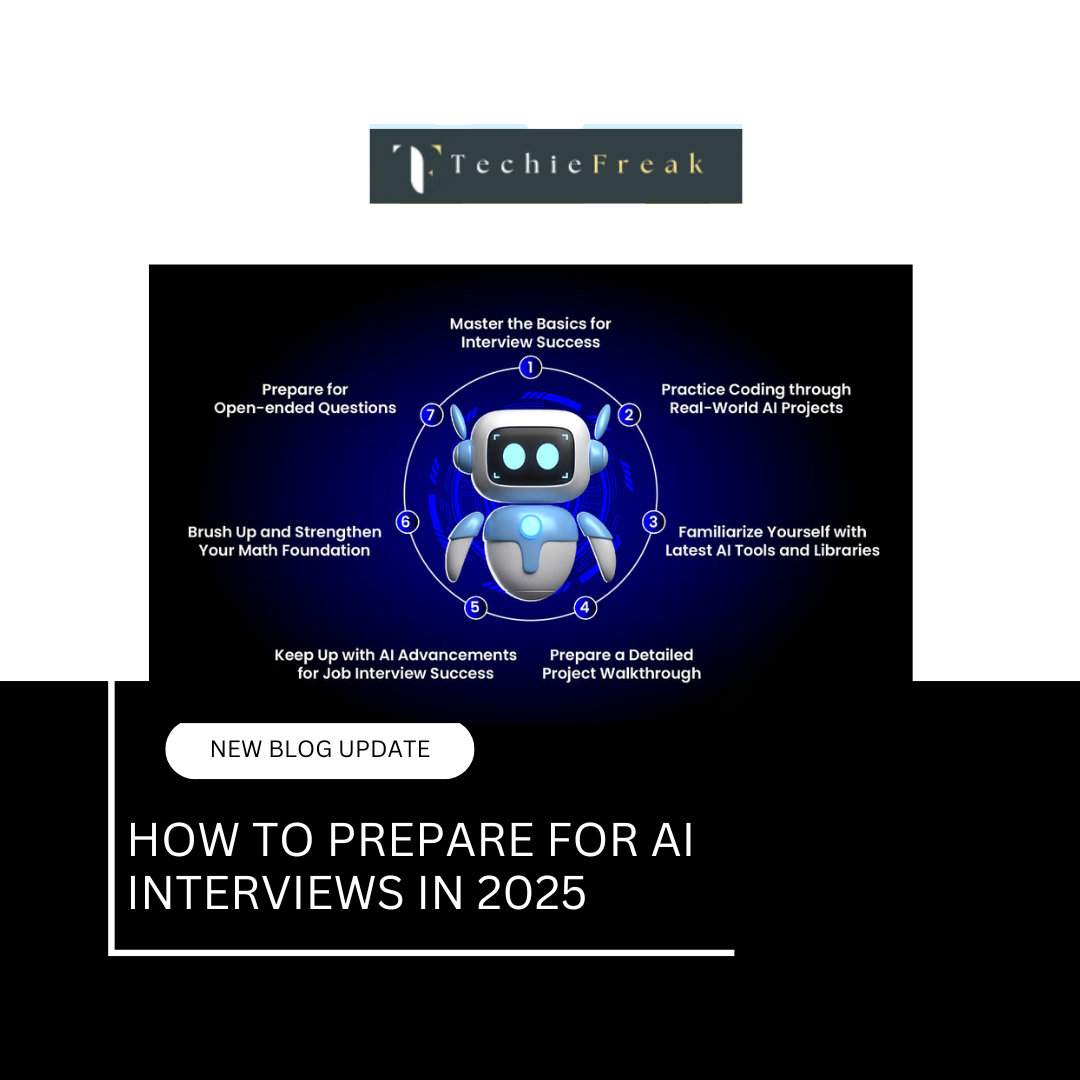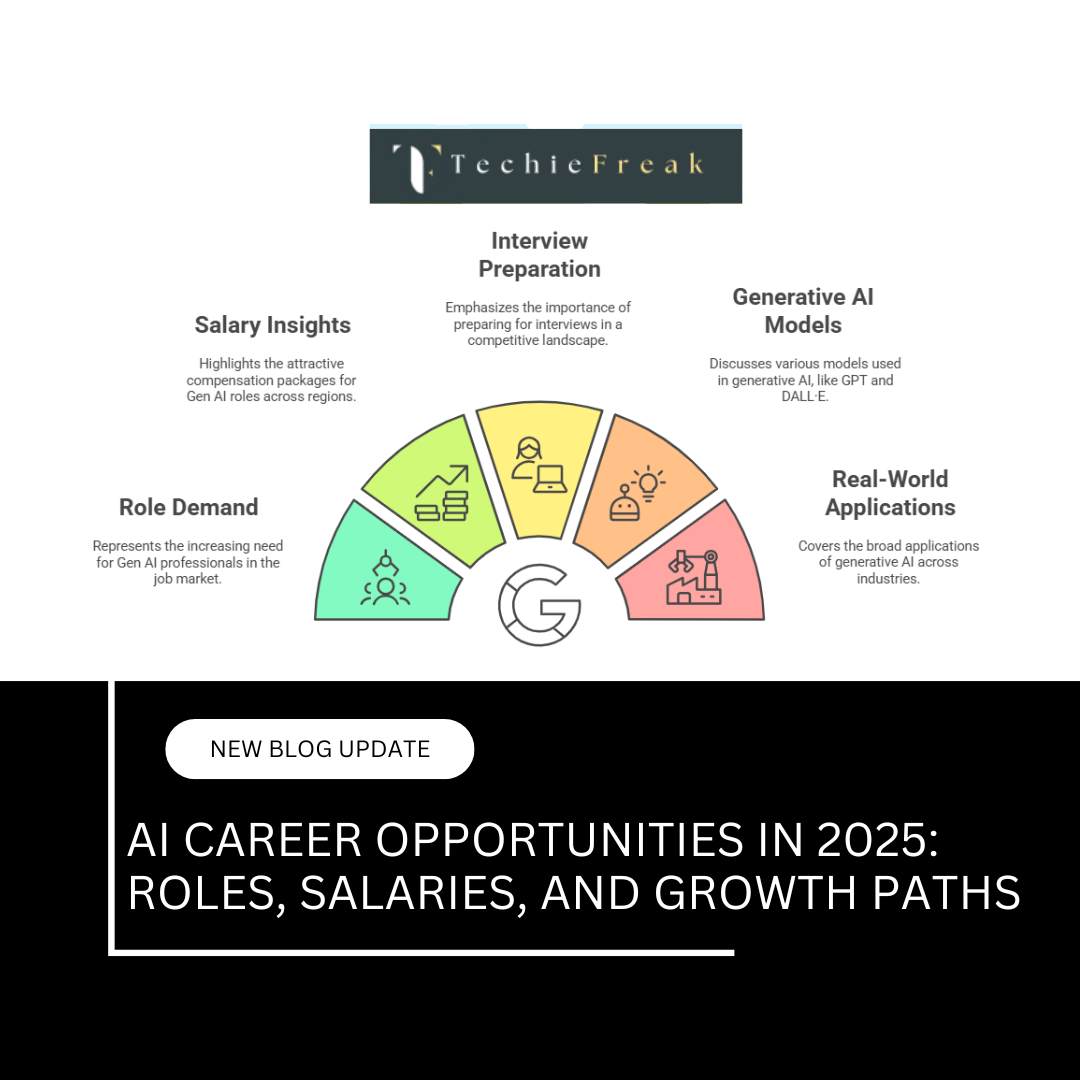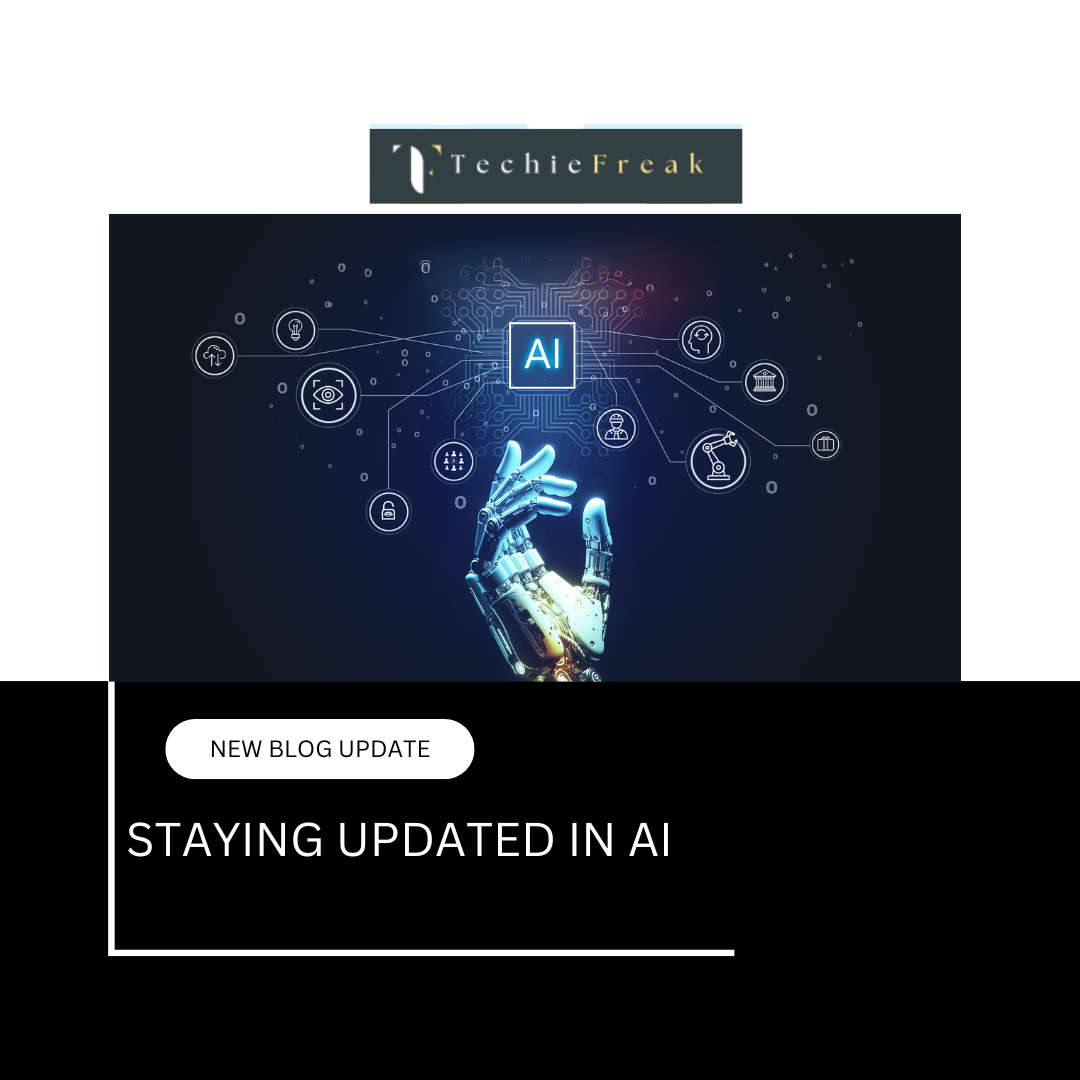AI vs Machine Learning vs Deep Learning: Understanding the Differences
Artificial Intelligence (AI), Machine Learning (ML), and Deep Learning (DL) are often used interchangeably, but they represent distinct concepts in the world of technology. While AI is the broadest term, ML and DL are subsets of AI, each with unique capabilities and applications. Understanding these differences is essential for grasping how modern technology powers automation, decision-making, and innovation.
This article explores the distinctions between AI, ML, and DL, how they work together, and their real-world applications across various industries.
1. Understanding AI, ML, and DL
What is Artificial Intelligence (AI)?
AI refers to the simulation of human intelligence in machines. It enables computers to perform tasks that typically require human intelligence, such as problem-solving, decision-making, natural language understanding, and perception.
Key Characteristics of AI
- Mimics human intelligence – AI systems can reason, learn, and act.
- Rule-based and data-driven – Some AI systems follow predefined rules, while others learn from data.
- Can be Narrow AI or General AI – Most current AI systems are task-specific (Narrow AI), while General AI (human-like intelligence) remains theoretical.
Examples of AI
- Chatbots and Virtual Assistants (e.g., Siri, Alexa)
- Autonomous Vehicles (e.g., Tesla’s self-driving technology)
- Recommendation Systems (e.g., Netflix and YouTube recommendations)
- AI-Powered Customer Support (e.g., automated responses on websites)
What is Machine Learning (ML)?
Machine Learning is a subset of AI that enables systems to learn from data without explicit programming. ML models recognize patterns in data and improve performance over time.
Key Characteristics of ML
- Data-Driven – ML requires large datasets for training and predictions.
- Self-Improving – ML models enhance their accuracy by learning from past experiences.
- Algorithm-Based – Uses statistical methods and mathematical models to analyze patterns.
Types of Machine Learning
- Supervised Learning – AI learns from labeled datasets (e.g., spam email detection).
- Unsupervised Learning – AI identifies patterns in unlabeled data (e.g., customer segmentation).
- Reinforcement Learning – AI learns through trial and error to maximize rewards (e.g., game-playing AI like AlphaGo).
Examples of ML
- Spam Filtering in Emails (Gmail classifying emails as spam or not)
- Fraud Detection in Banking (Detecting unusual transactions)
- Personalized Recommendations (Amazon suggesting products based on past purchases)
- Credit Scoring (Banks assessing loan eligibility using ML models)
What is Deep Learning (DL)?
Deep Learning is a subset of Machine Learning that uses artificial neural networks to process data in layers. DL models mimic the structure of the human brain to perform complex tasks.
Key Characteristics of DL
- Uses Neural Networks – Multiple layers (deep networks) analyze data hierarchically.
- High Accuracy – Outperforms traditional ML in areas like image and speech recognition.
- Requires High Computational Power – Needs powerful GPUs and large datasets.
How Deep Learning Works
Deep Learning relies on Artificial Neural Networks (ANNs), which contain:
- Input Layer – Receives raw data.
- Hidden Layers – Process and extract patterns from data.
- Output Layer – Generates predictions or classifications.
Examples of DL
- Facial Recognition (Face ID on iPhones)
- Speech Recognition (Google Voice, Amazon Alexa)
- Medical Imaging (Detecting diseases from MRI scans)
- Autonomous Vehicles (Self-driving cars using vision processing)
2. How AI, ML, and DL Work Together
AI, ML, and DL are interconnected and often work together in complex systems.
- AI is the broad field that aims to create intelligent systems.
- ML is a subset of AI that enables machines to learn from data.
- DL is a more advanced form of ML that improves pattern recognition using neural networks.
Example: AI in Self-Driving Cars
- AI enables the overall intelligence of the car.
- Machine Learning helps the car learn from driving data (e.g., identifying road signs).
- Deep Learning processes visual data from cameras (e.g., detecting pedestrians and obstacles).
Key Differences Between AI, ML, and DL
| Feature | AI | ML | DL |
|---|---|---|---|
| Definition | Simulates human intelligence | Enables machines to learn from data | Uses neural networks for deeper learning |
| Scope | Broad | A subset of AI | A subset of ML |
| Data Dependency | May or may not need large data | Needs structured data | Requires massive amounts of data |
| Algorithm Complexity | Rule-based & learning-based | Uses statistical models | Uses complex multi-layered neural networks |
| Computational Power | Moderate to high | High | Very high (requires GPUs & TPUs) |
| Examples | Chatbots, robotics, game AI | Fraud detection, recommendation systems | Image recognition, autonomous vehicles |
3. Use Cases and Real-World Applications
A. AI Use Cases
- Customer Service Automation – AI chatbots assist users in banking and e-commerce.
- Healthcare Diagnostics – AI analyzes medical images and suggests treatment plans.
- Smart Assistants – AI powers virtual assistants like Google Assistant and Siri.
- Robotics – AI-driven robots automate warehouse and factory operations.
B. ML Use Cases
- Email Spam Filtering – ML identifies and blocks spam messages.
- Dynamic Pricing – Airlines and e-commerce sites use ML to adjust prices based on demand.
- Search Engine Algorithms – Google ranks search results using ML-based ranking systems.
- Voice Recognition – ML powers speech-to-text applications.
C. DL Use Cases
- Self-Driving Cars – Tesla and Waymo use DL to detect objects and navigate roads.
- Face Recognition – DL enables biometric security in smartphones and surveillance.
- Medical Image Analysis – AI detects diseases in X-rays and MRIs.
- Natural Language Processing (NLP) – AI models like GPT-4 generate human-like text.
Key Takeaways
AI, ML, and DL are transforming industries, enabling intelligent automation and improving decision-making.
- AI is the overarching concept that aims to simulate human intelligence.
- ML is a subset of AI that allows machines to learn from data.
- DL is a subset of ML that uses neural networks for deep pattern recognition.
By leveraging these technologies, businesses and researchers can enhance efficiency, innovate faster, and solve complex problems across various domains. The future of AI will see even more integration between ML and DL, leading to smarter and more autonomous systems.
Next Blog- Linear Algebra Basics (Vectors, Matrices, and Tensors)
.png)



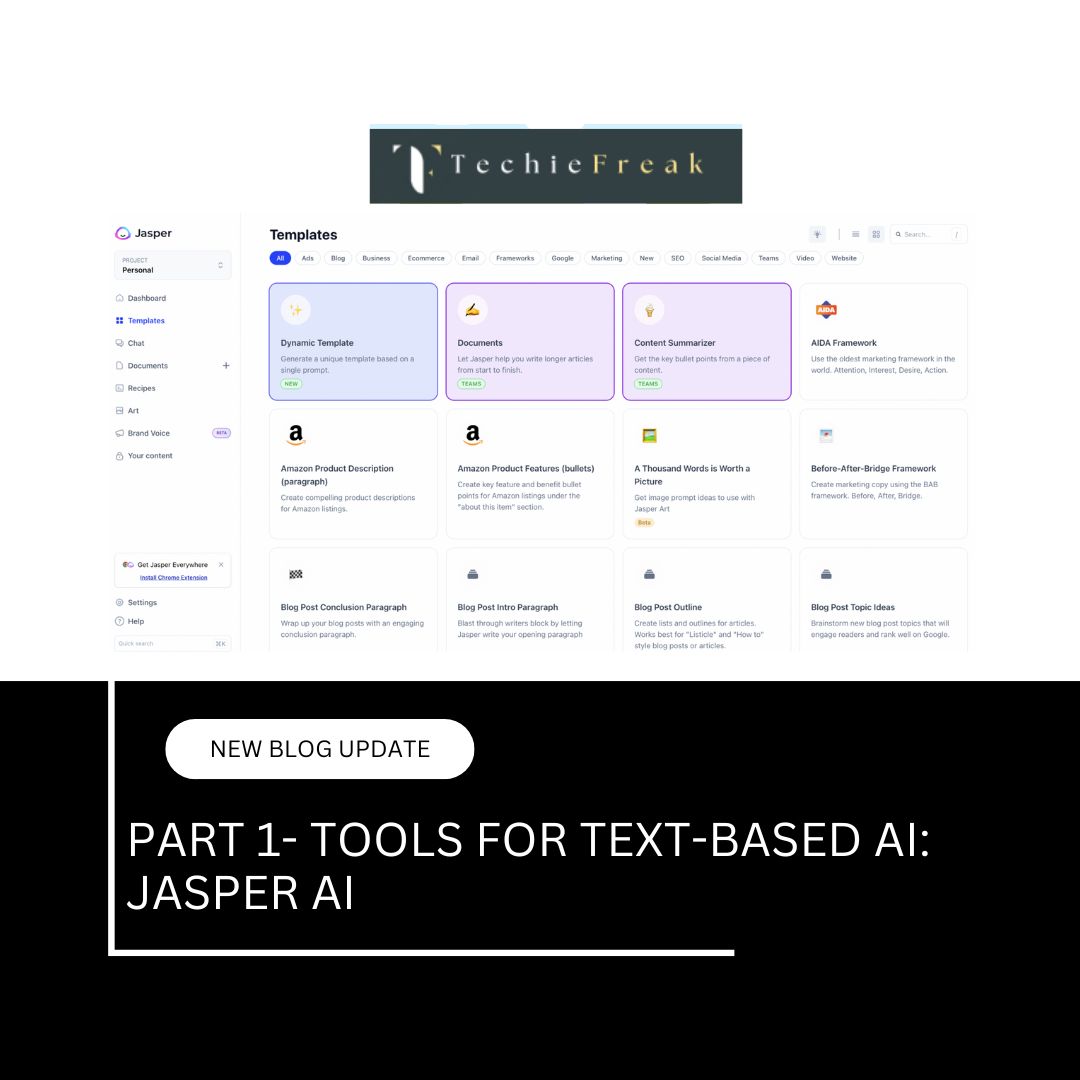


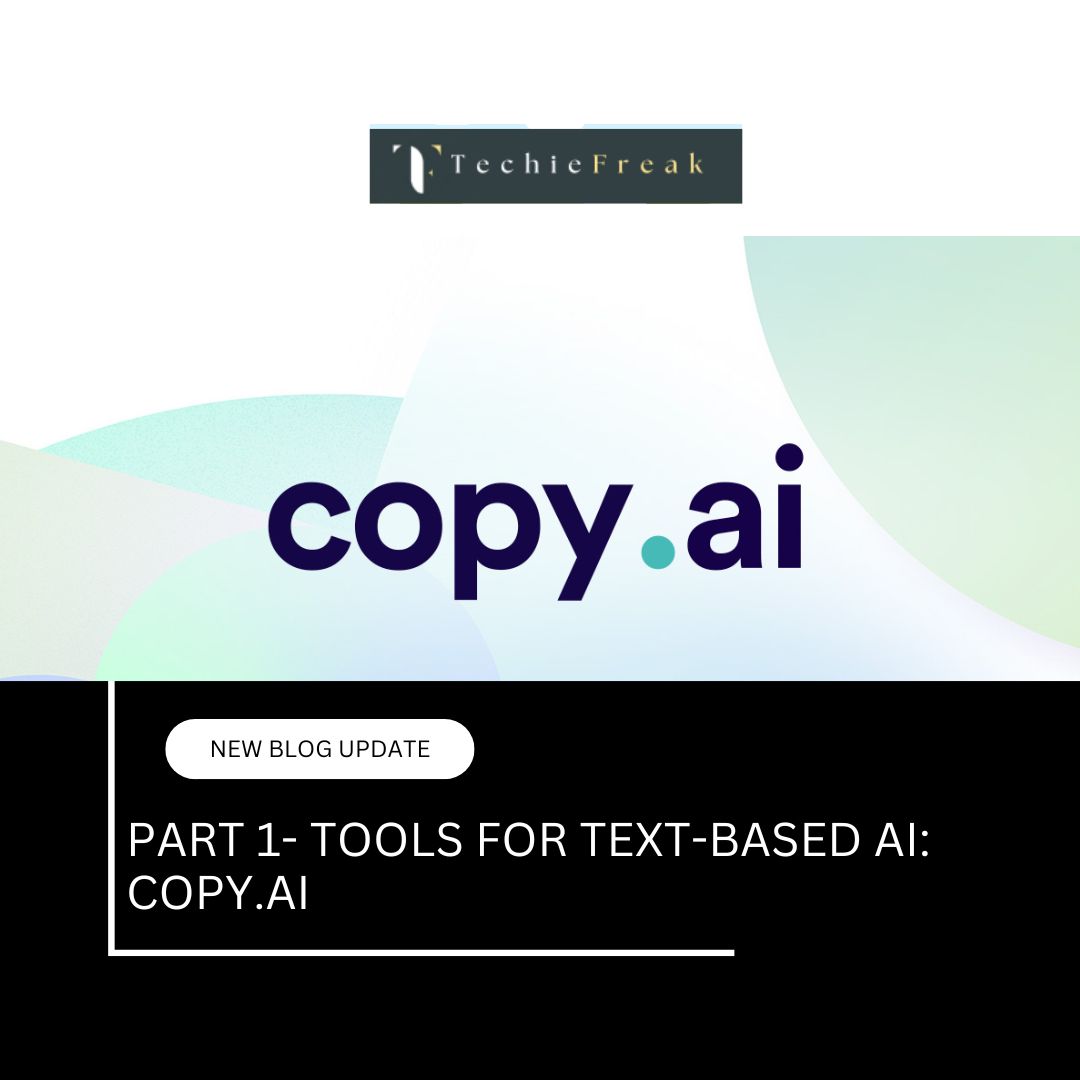
.jpg)
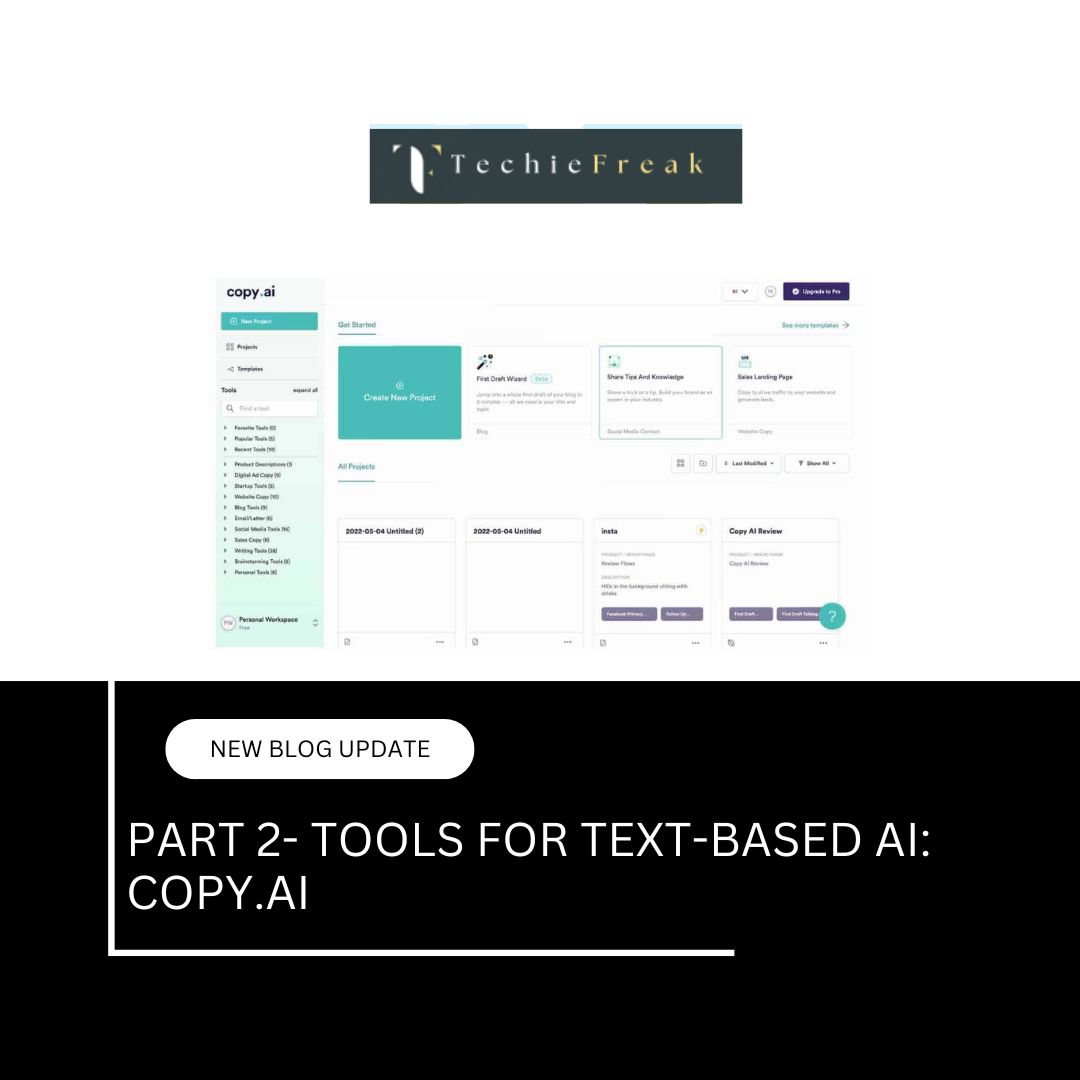
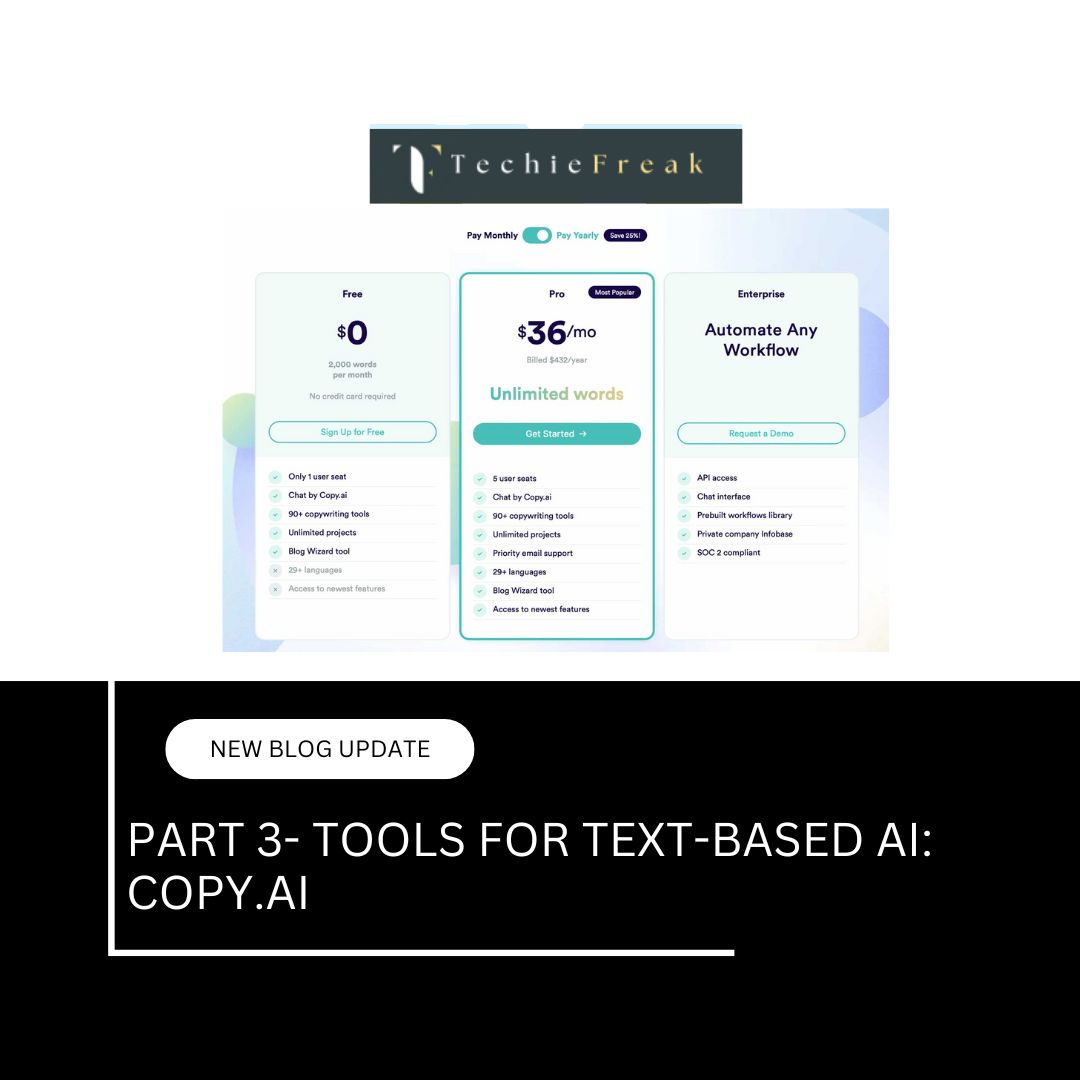
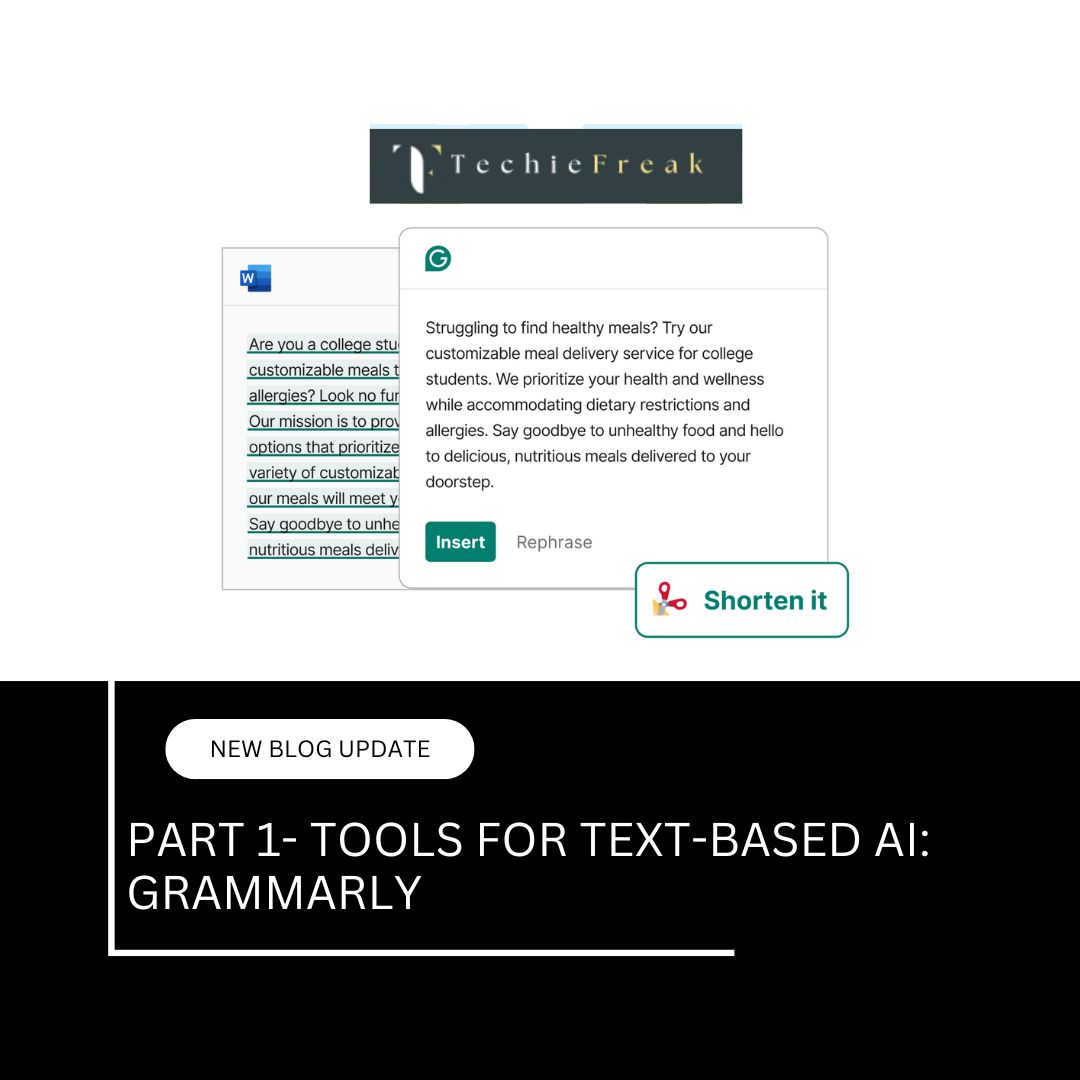
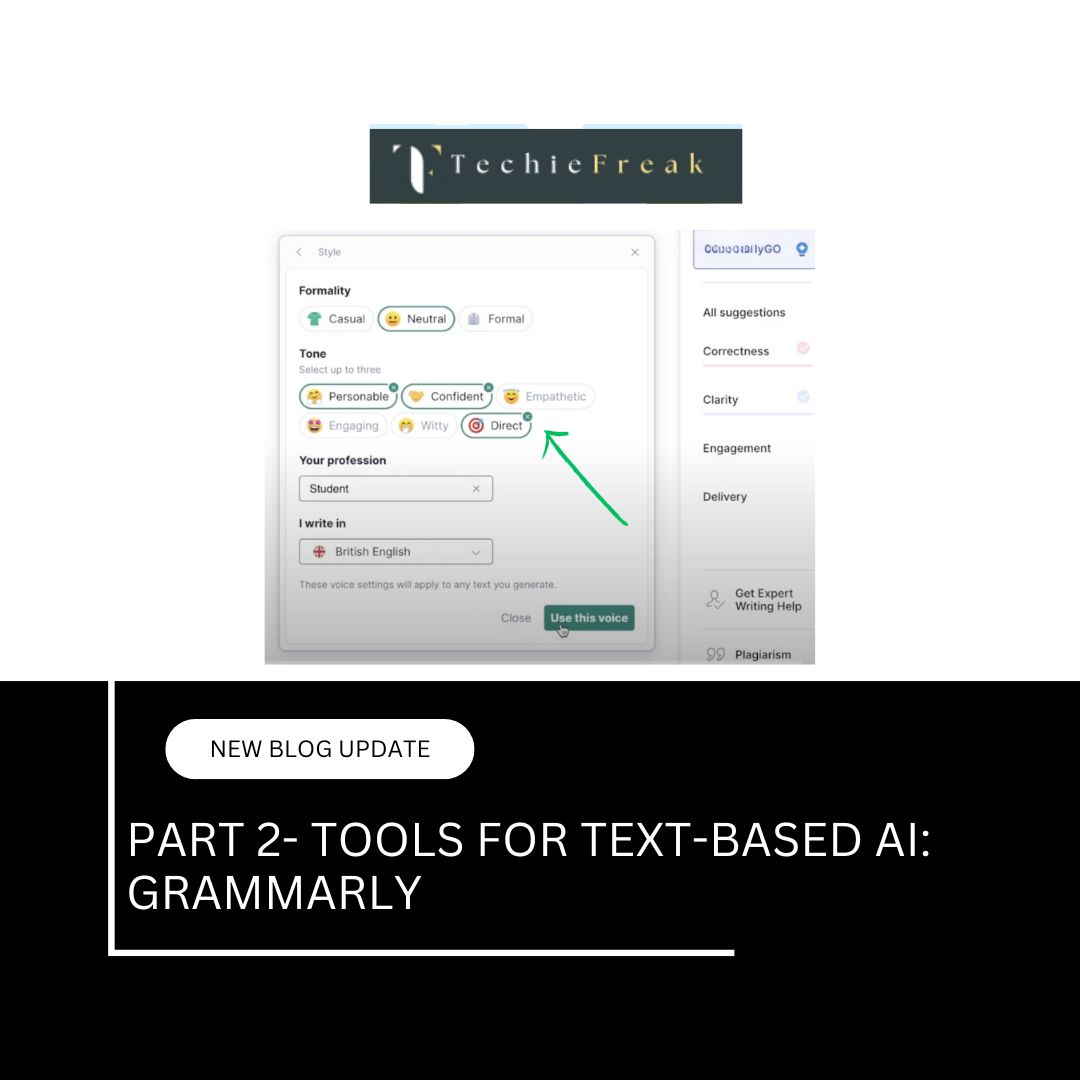
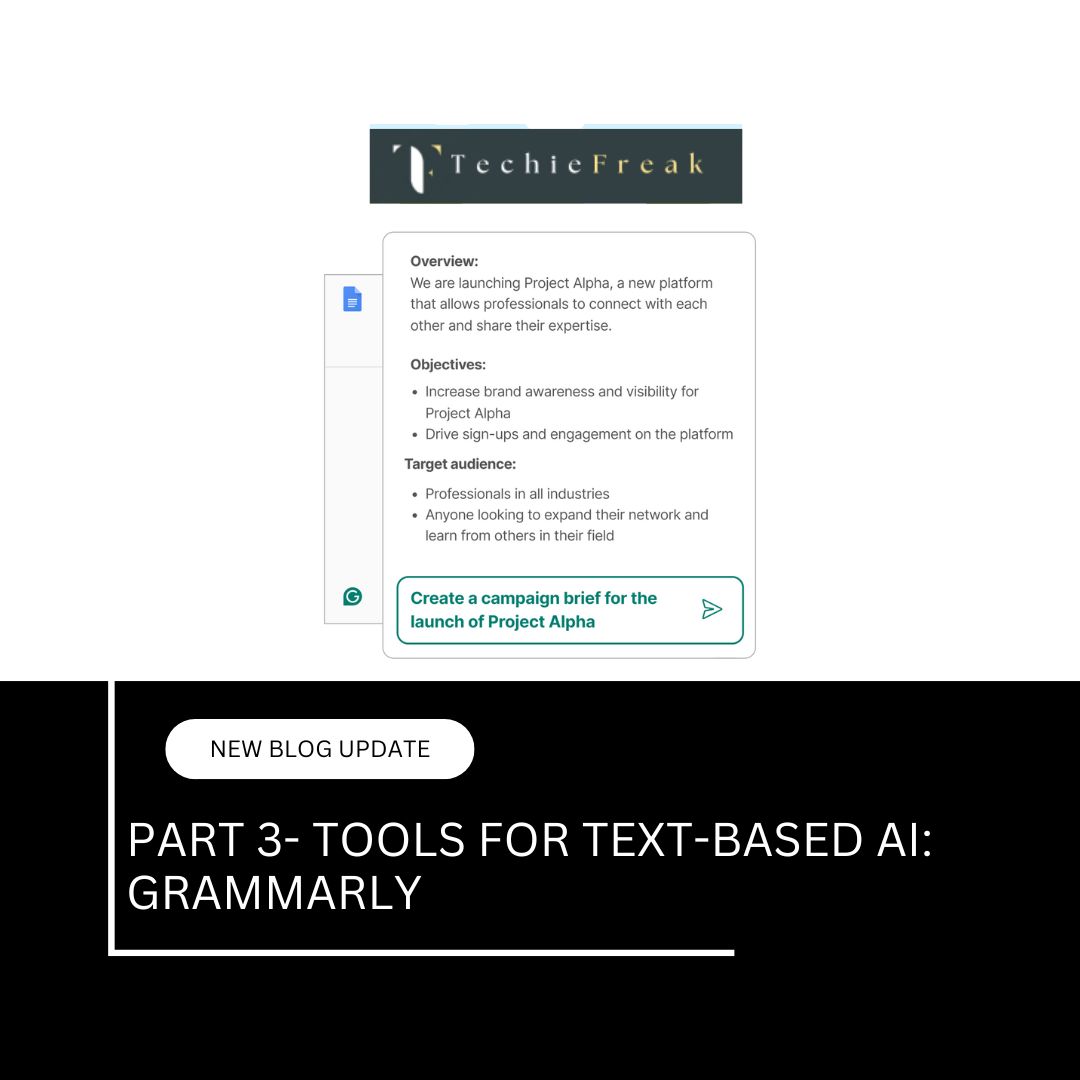
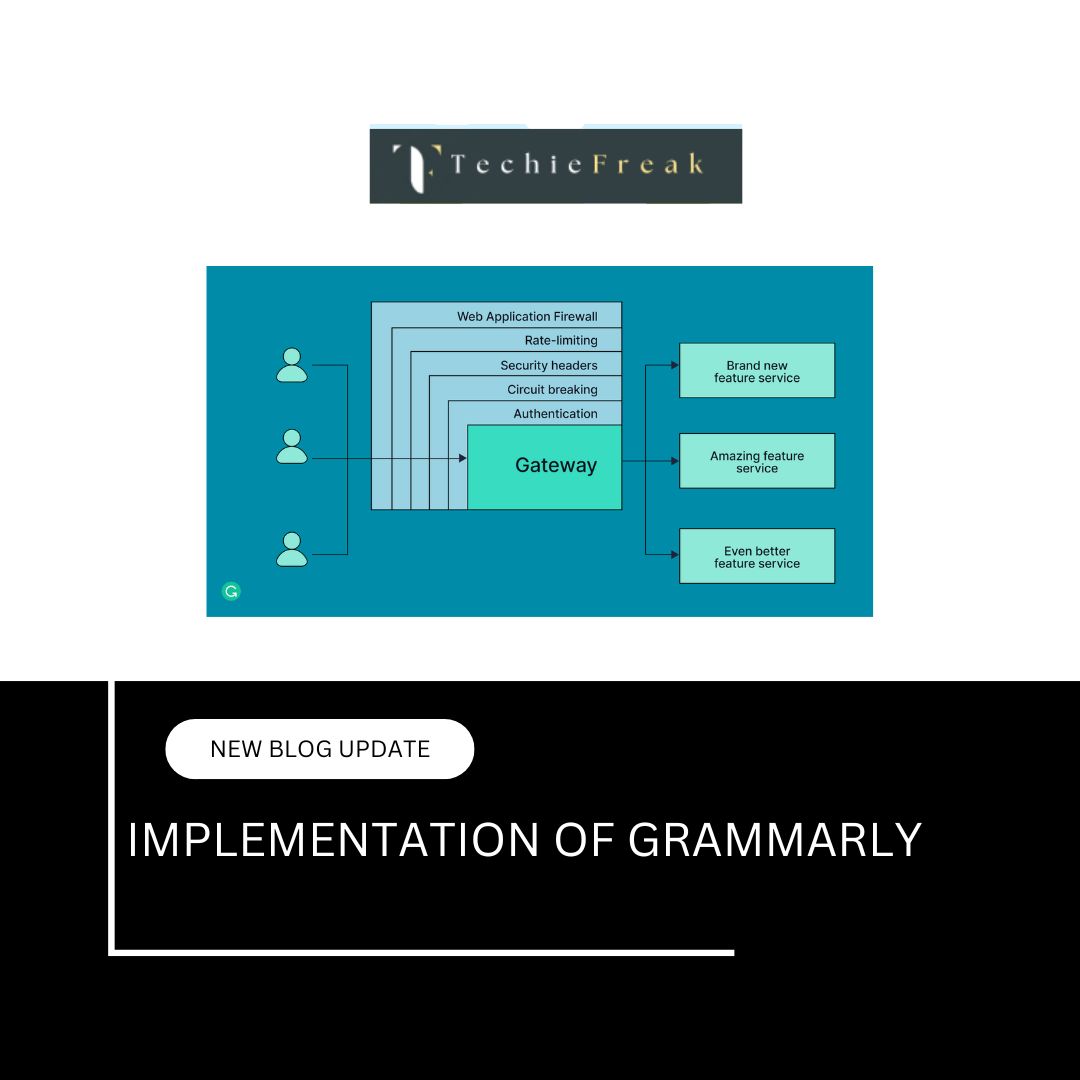


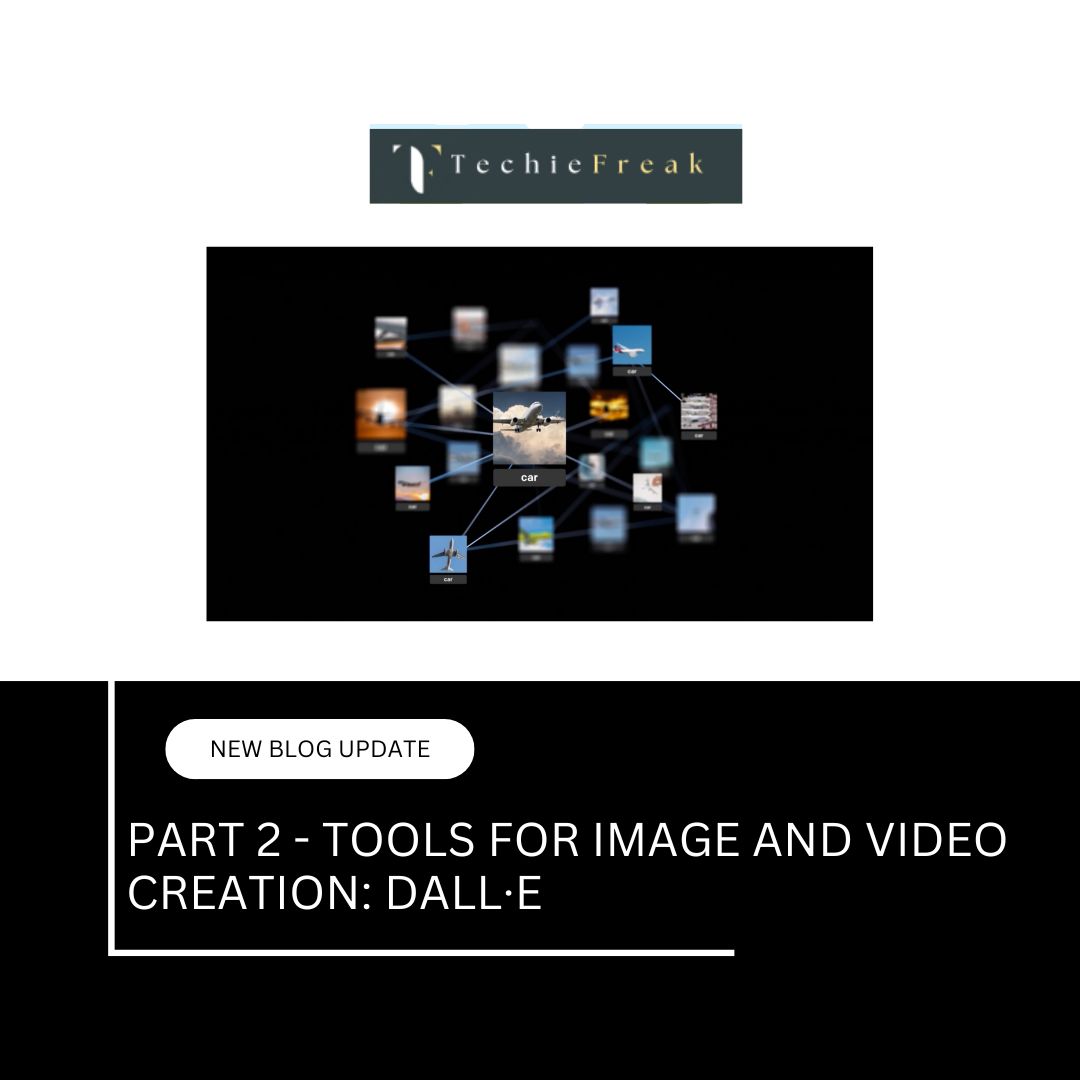

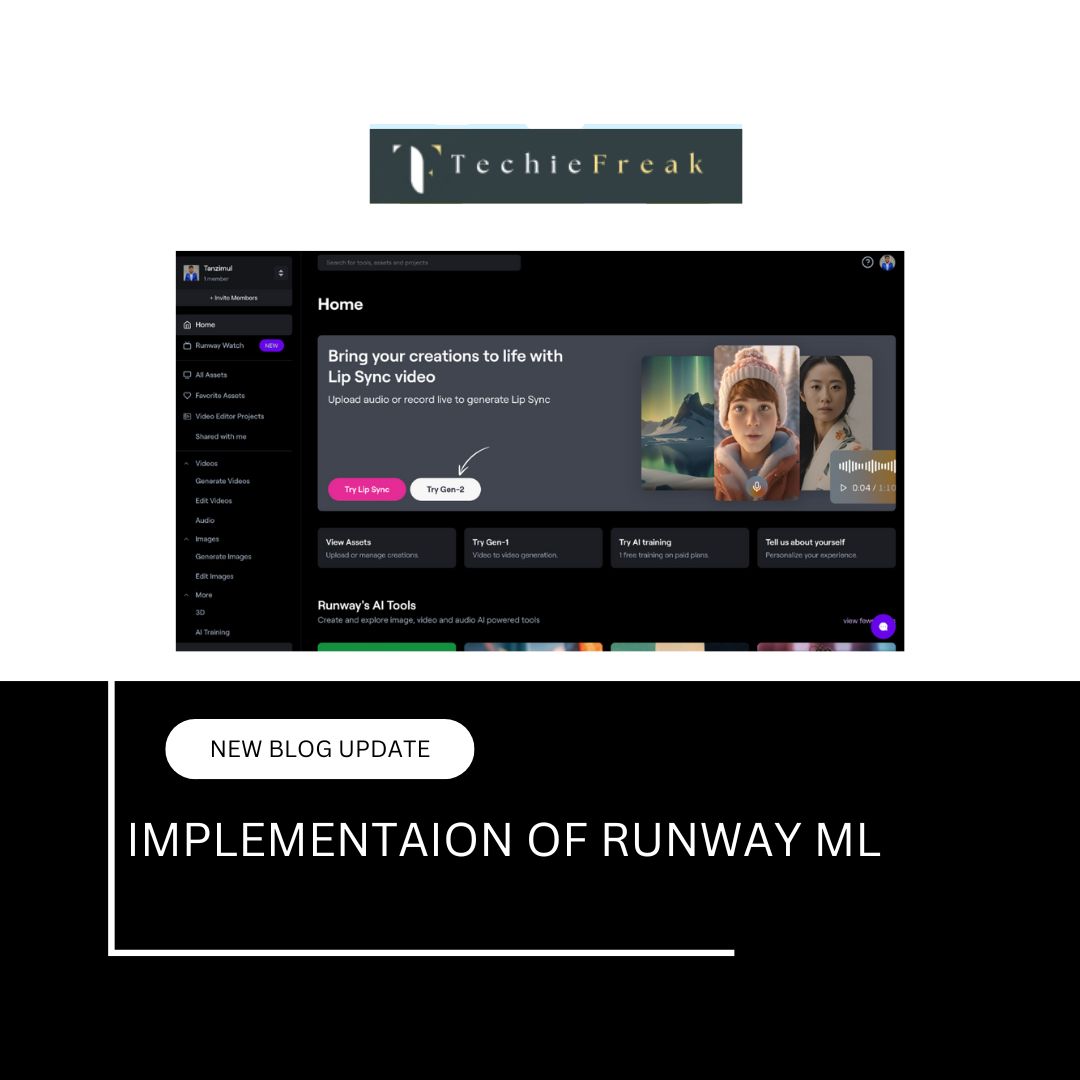


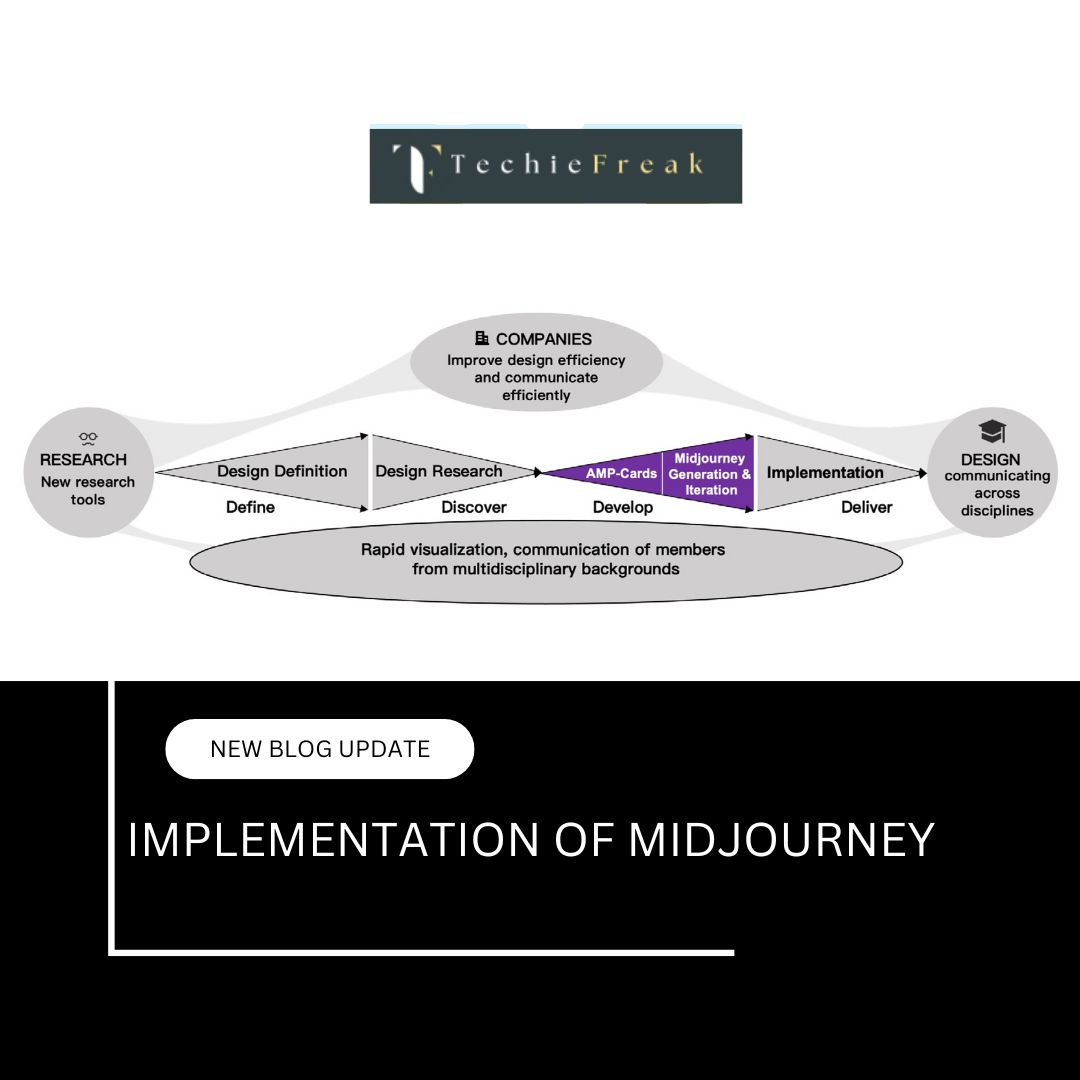
.jpg)


.png)
.png)
.png)
.png)
.png)
.png)
.png)
.png)
.png)
.png)
.png)
.png)
.png)
.png)
.png)
.png)
.png)
.png)
.png)
.png)
.png)
.png)
.png)
.png)
.png)
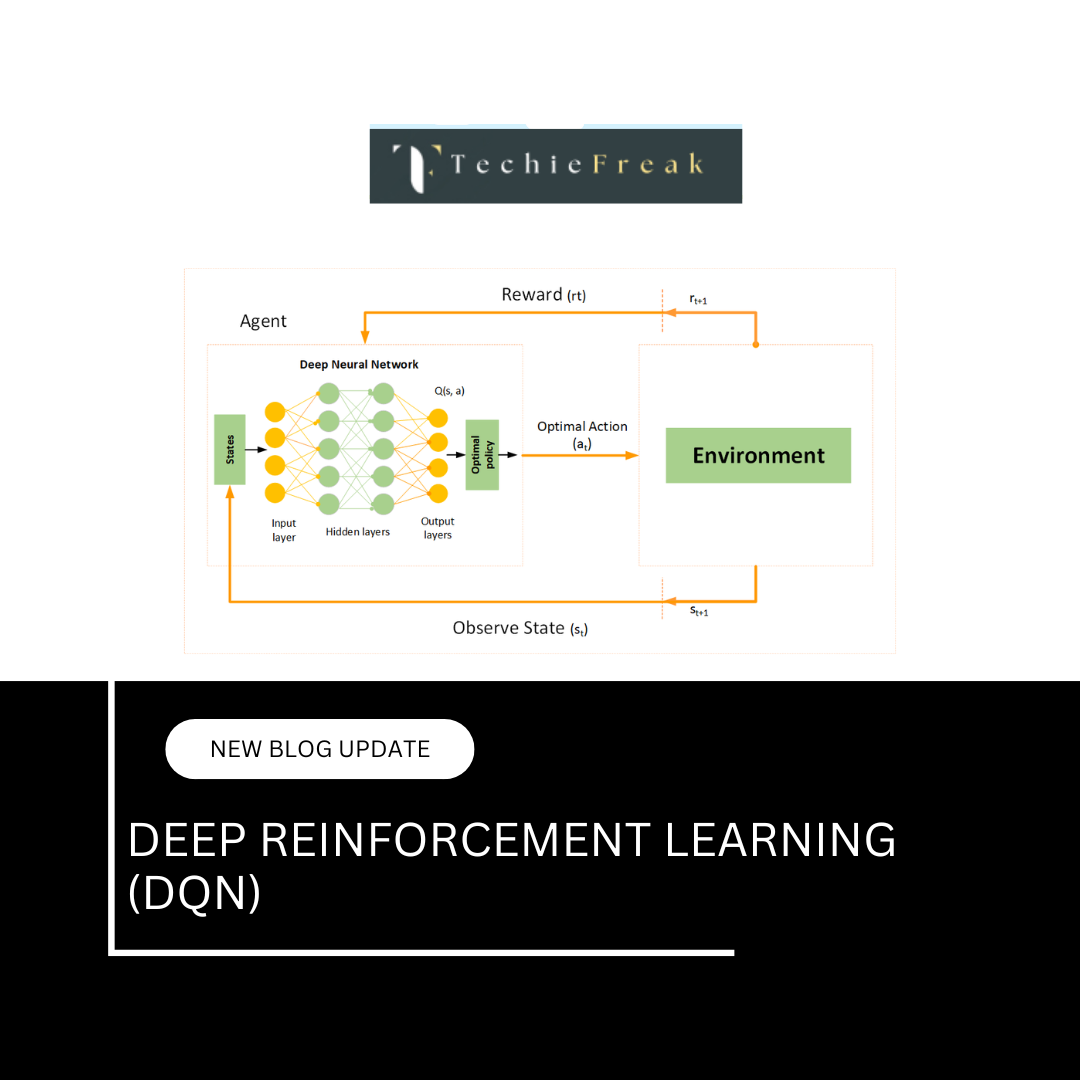
.png)
.png)
.png)
.png)
.png)
.png)

.png)
